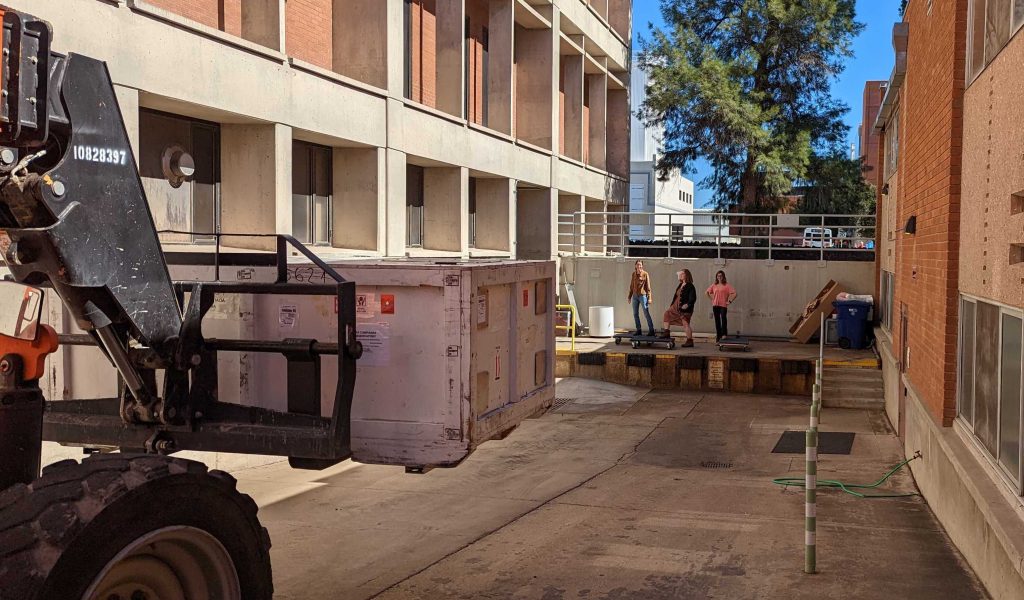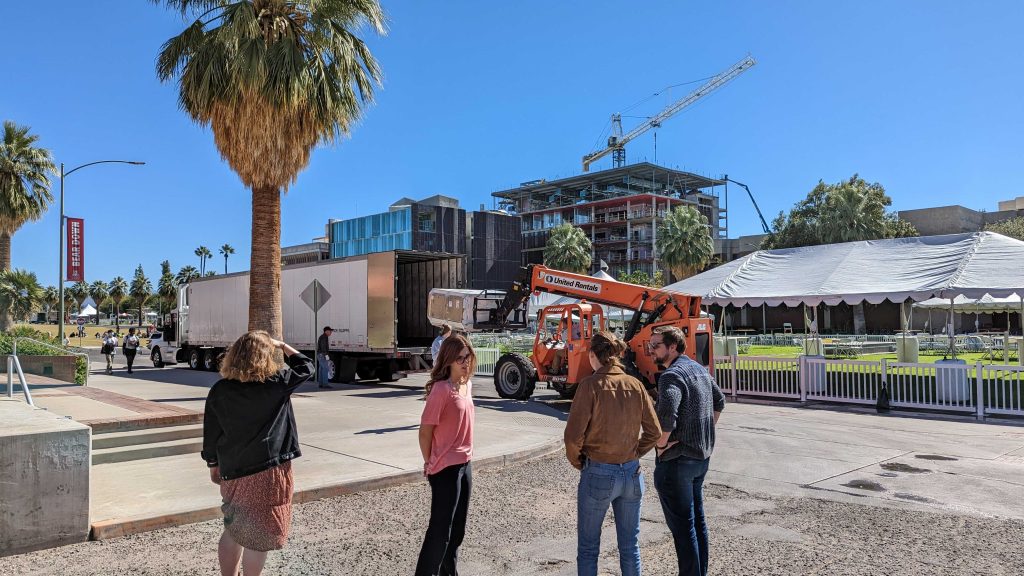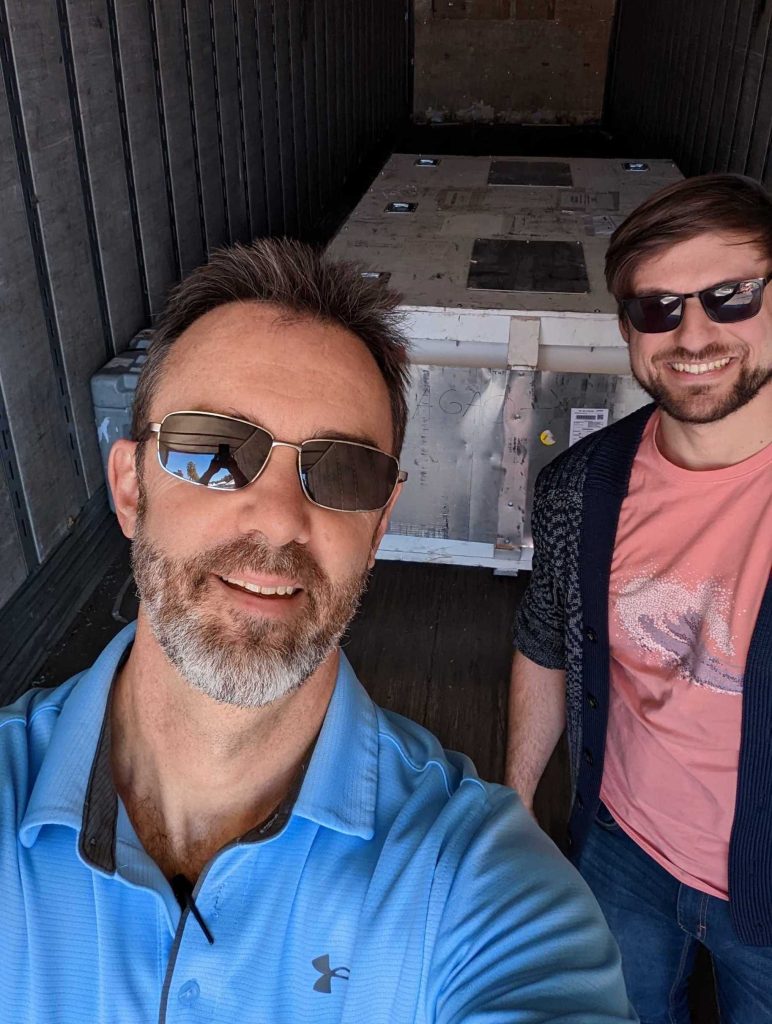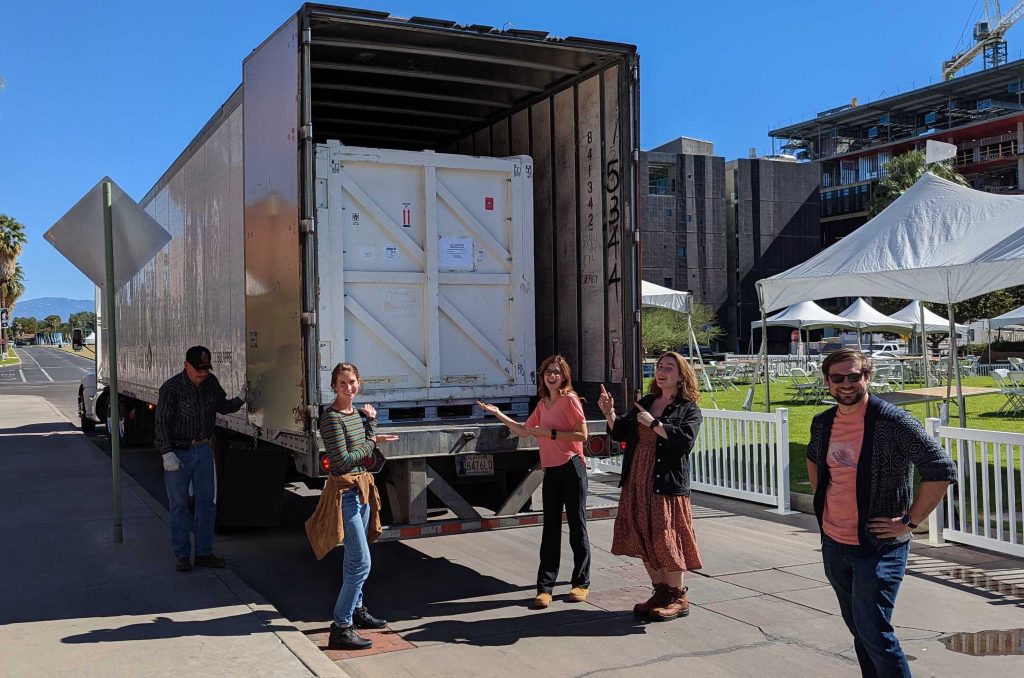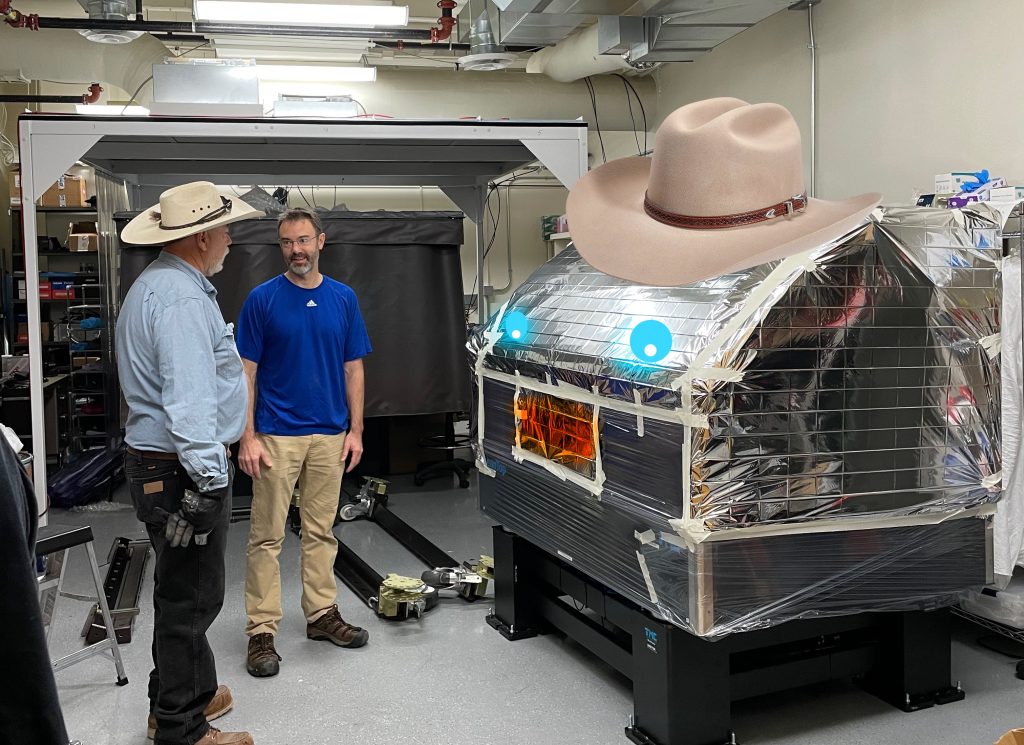Ninety minutes west of Santiago lies the fantastical, ebullient town on Valparaíso. Known as “Valpo” to the locals, it offers endless labyrinths of hidden staircases, harbor views and consistently interesting street art. Though well ensconced in long-haul South American itineraries, it is not well-known to most traveling astronomers despite its easy access from the Santiago Airport. Because of its smaller (~400,000) size, it is a more manageable and comprehensible city than the capital, and better suited for a short trip. While we wait at the mountain for our crates to arrive, may I offer some diversion in a guide to spending a few days on the coast.
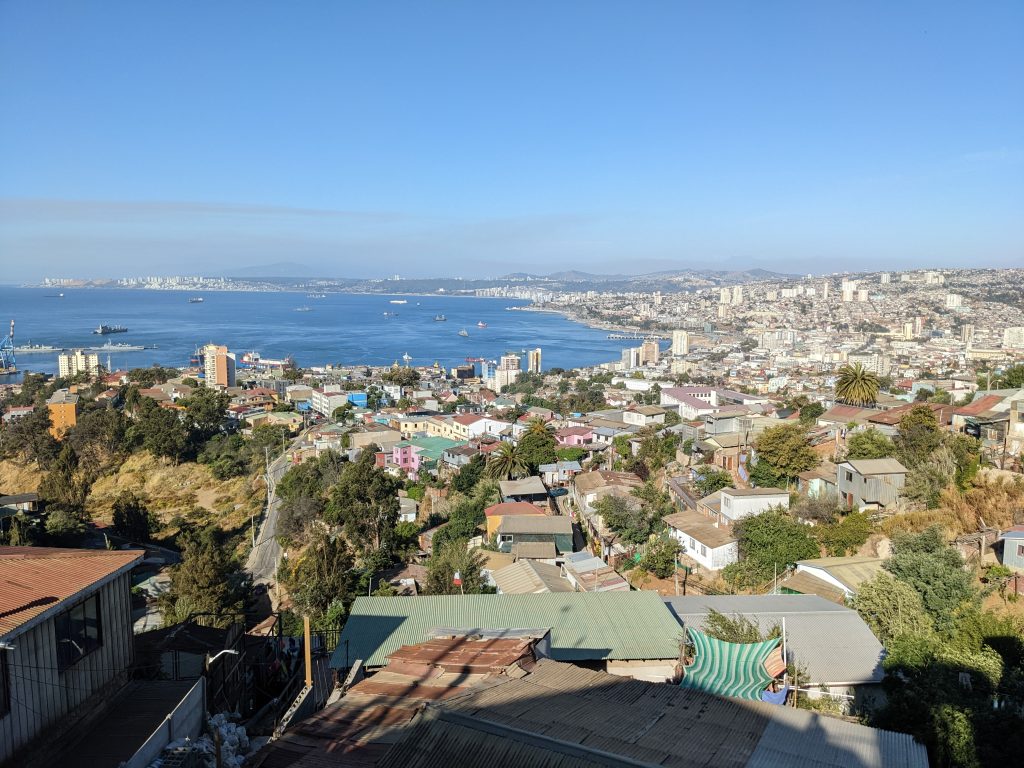
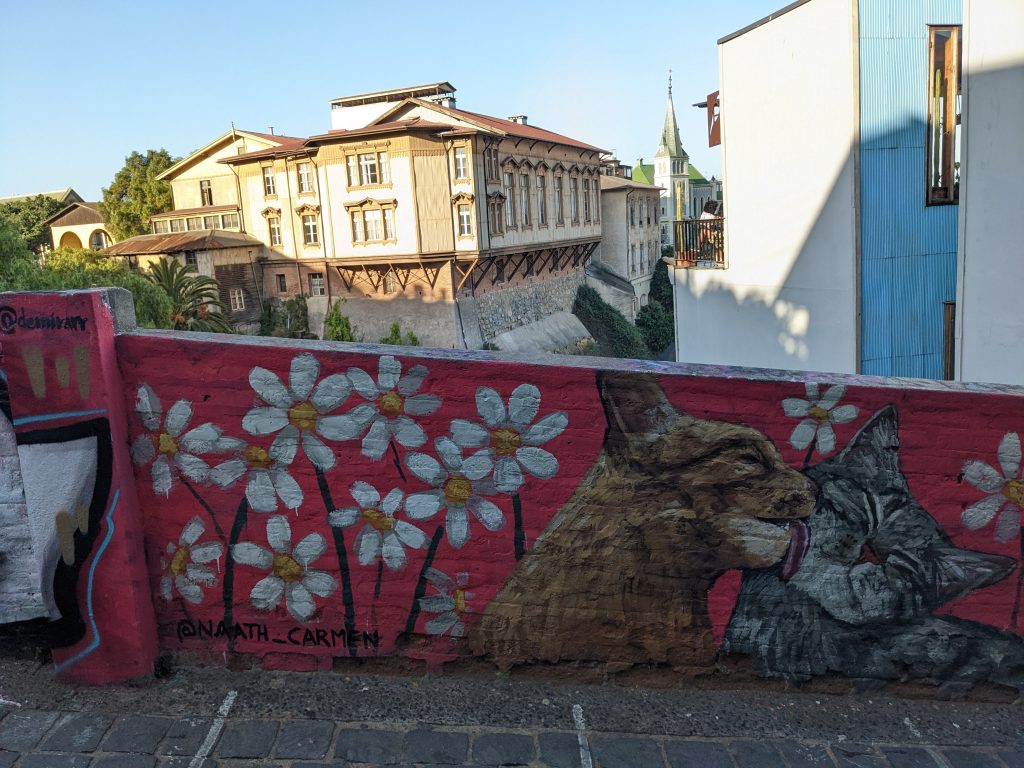
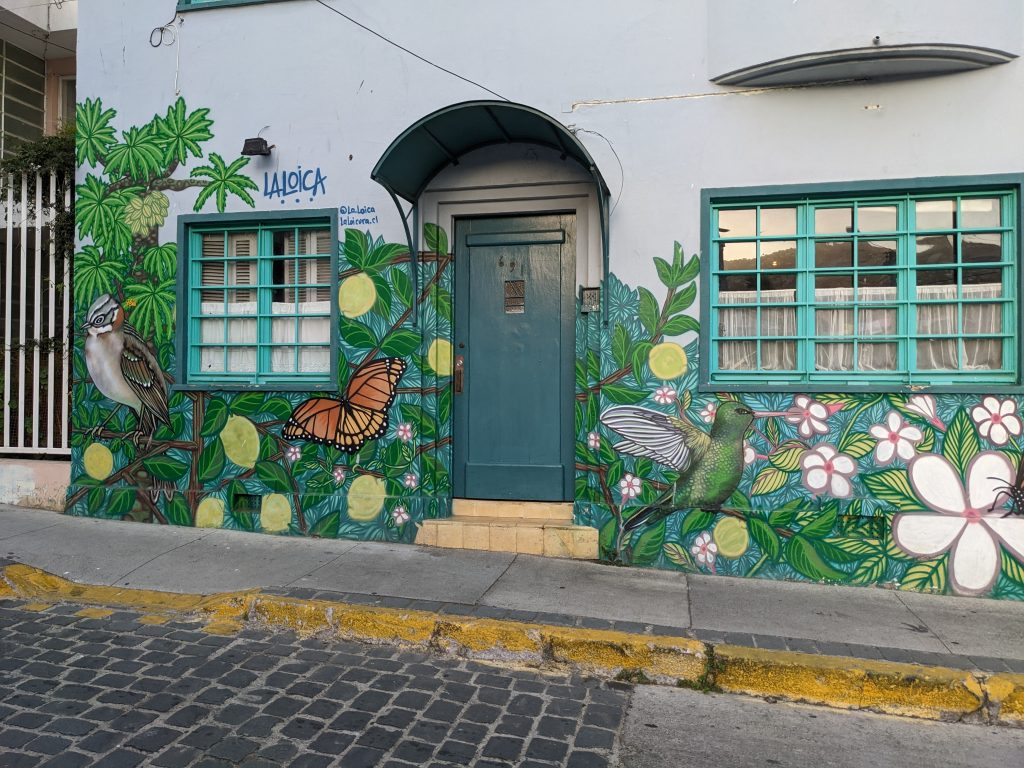
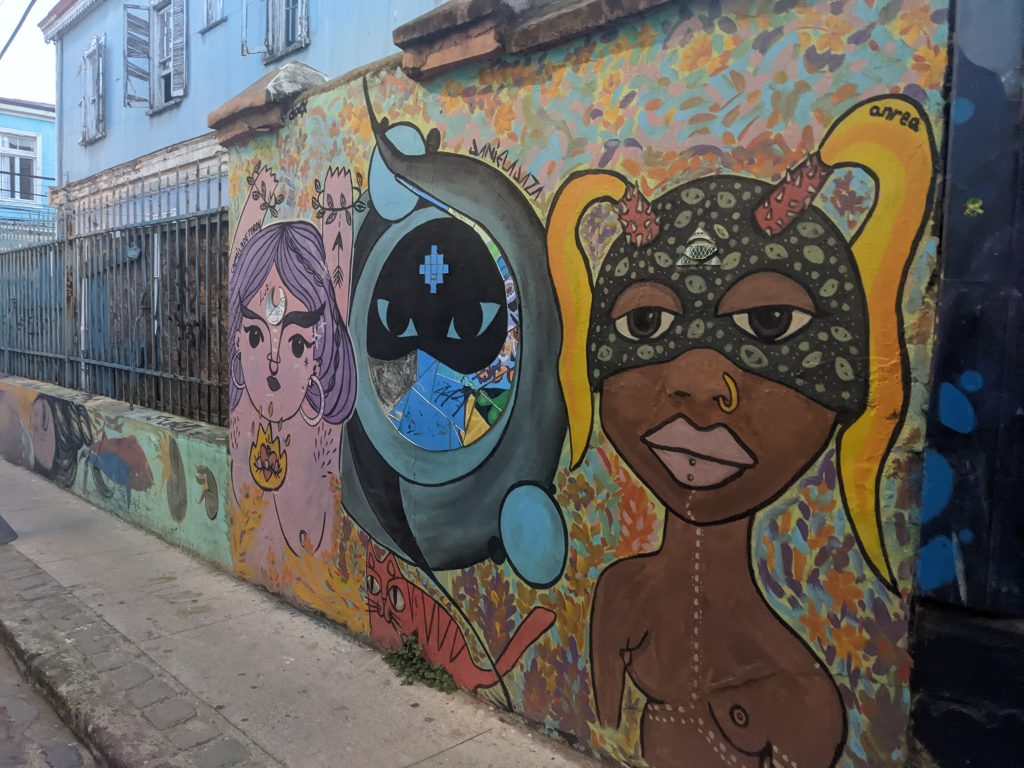
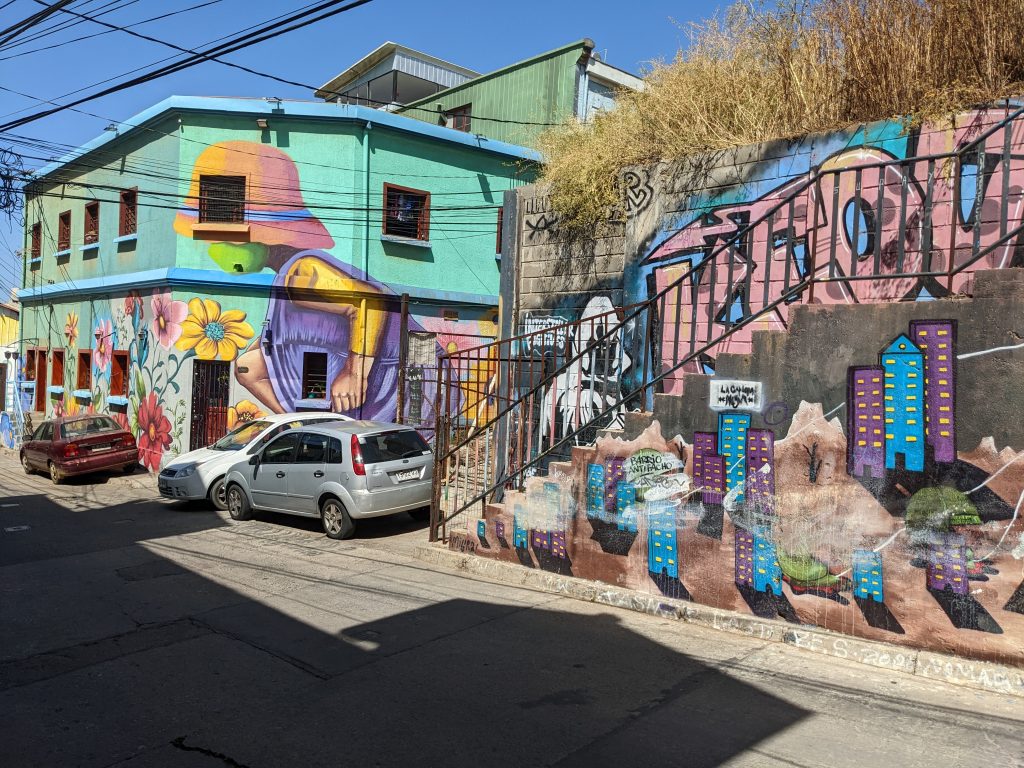
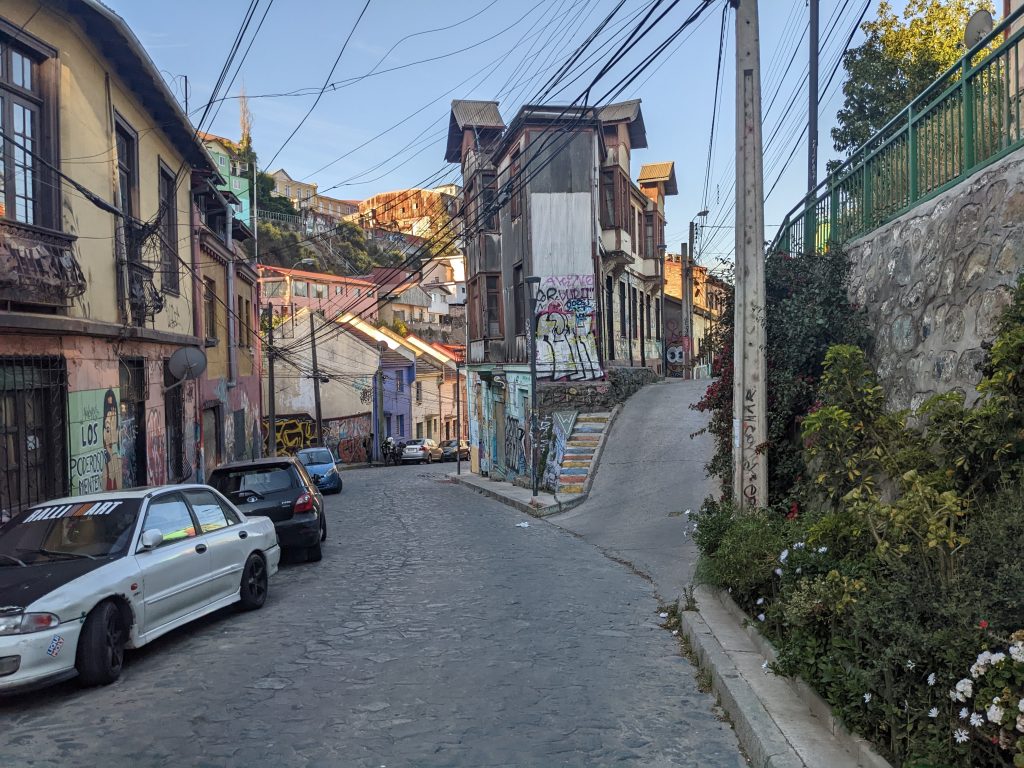
Arrival
Landing in Santiago, do your best to not notice the “2:15am” on your phone before it updates to the local time. Valparaíso is easily reached by transferring at the bus station “Pajaritos”, which is a hub on the western outskirts of Santiago. Buses run there from the airport every ten minutes, and from there towards Valpo every fifteen.
After passing through customs, the bus station is seen on the prominent map outside the terminal. What is less obvious is that you need to get there from the upper level, passing over the parking garage to a bridge connecting the station. The helpful “Turbus” company staff sell a ticket to Pajaritos for CLP1600 – about $1.75 cents. Many buses continue from Pajaritos towards Alameda – another hub station closer towards the city centro – but more than half the passengers leave at the first stop.
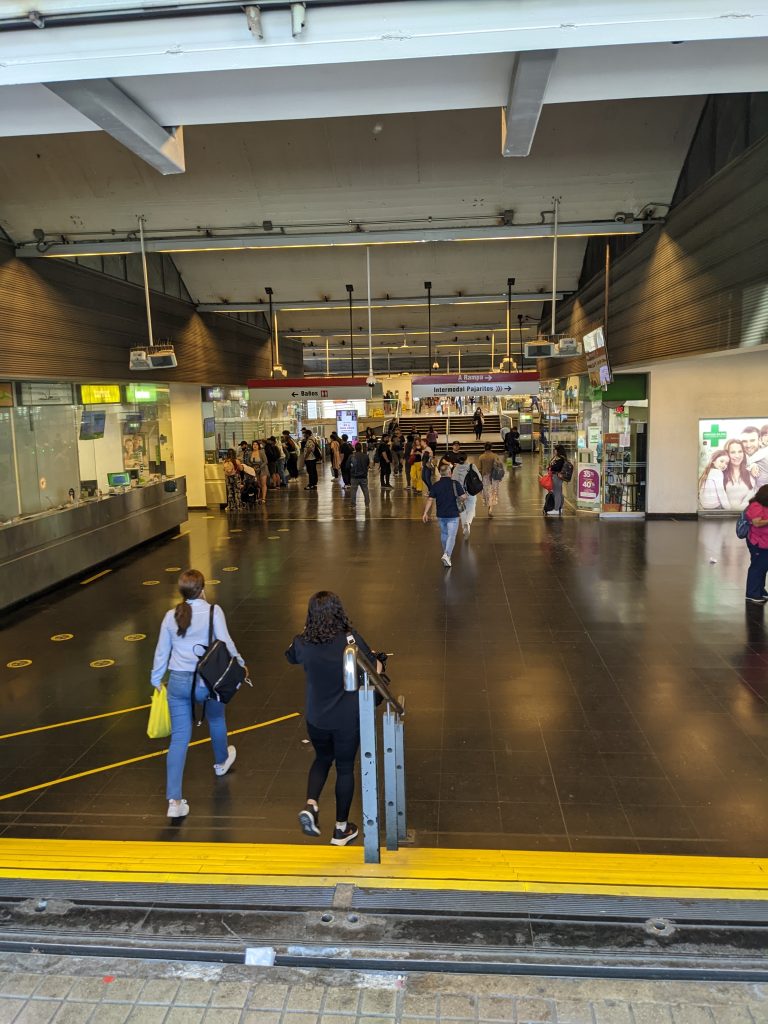
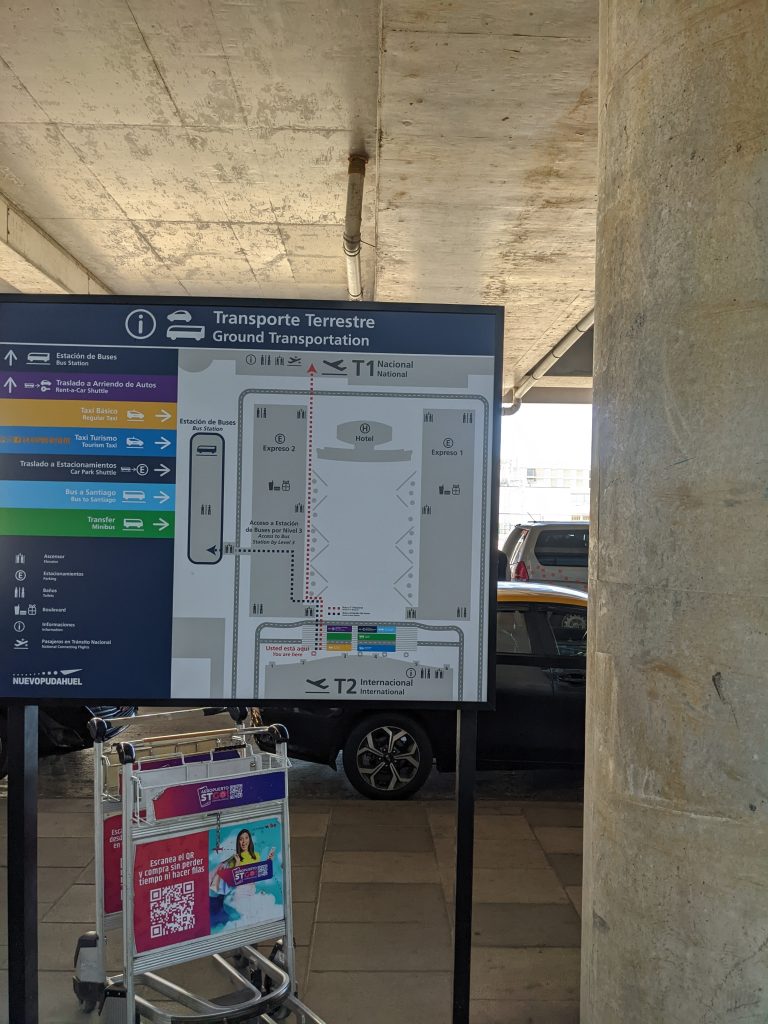
The greatest ambiguity comes from getting off the bus outside of the Pajaritos station. The local buses pull up to the curb outside the station, near a few booths hawking sodas and souvenirs. Walk inside the station and another Turbus booth on the immediate left sells a ticket to Valparaíso for CLP 5500 or six dollars. This is a good time to get a coffee and stop thinking about the last 18 hours of travelling.
The bus ride to Valparaíso is beautiful and passes through several Chilean wine valleys. It descends from these foothills into a coastal floodplain, where the first sight of the city comes from colorful houses dotting the hillside. The bus stops outside the National Congress building, where the bright sunshine and loud noises from produce and sweatshirt vendors can be disorienting. Depending on the distance to your hostel, there are choices to walk, take a bus or a taxi (or Uber). My plans to walk and get an initial impression of the city were quickly replaced by deeper needs for a nap and change of socks. A bit flustered about bus schedules, I recomposed with a much-needed beer which helped break a bill into coins to pay the local bus (CLP350, $0.38) with coins.
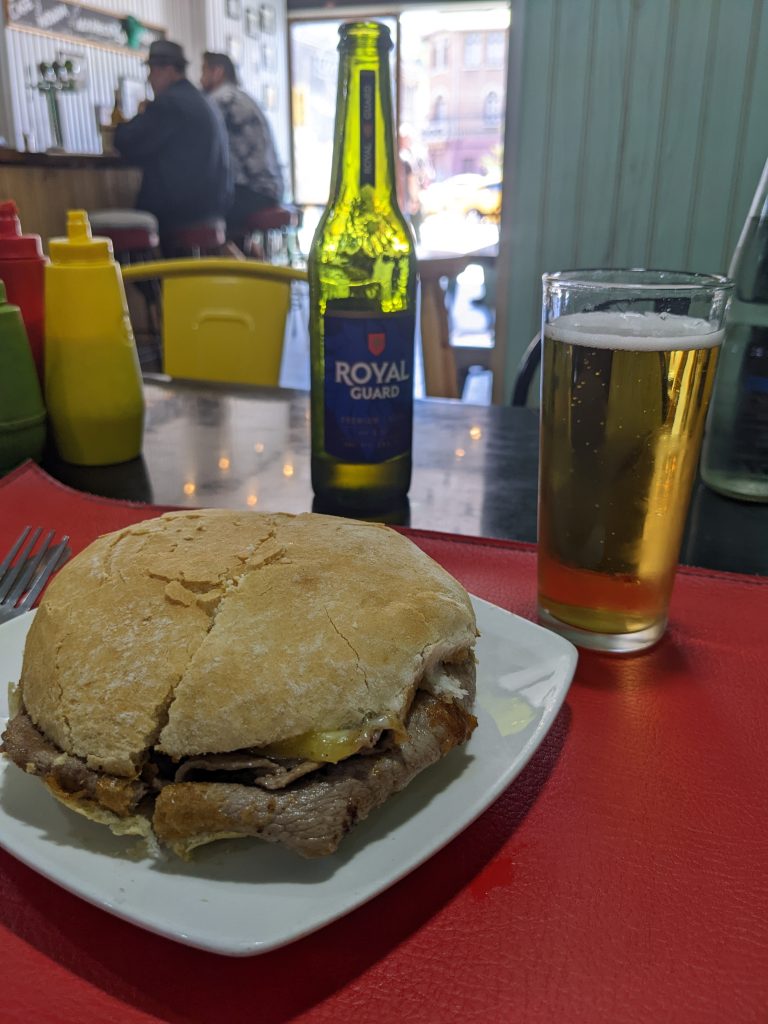
Accommodations
Valparaíso is fairly popular among the European backpacker crowd, and there are a good selection of cheap hotels and hostels accommodating budget travelers. Because of tourism mixed with a generally global perspective, a surprisingly large number of locals speak English. Accommodations are mainly centered around the hilly Concepcion neighborhood, which was the epicenter of planned street art in the 1990s. From this spot you can quickly head up any number of colorful staircases hiding interesting art and local boutiques.
I stayed at the “Hostal Po”, which was a conventional and clean hostel that featured a common space on the top floor for cooking and meeting other travelers. My private double room was CLP35000 ($38) a night; I was told that the CLP13000 ($14) dorm rooms were quite nice. The hostel was decorated by a large suite of local artists, and every room had some unique mural. At first glance, though, there was no sight more beautiful than the open window next to a made bed. Long summer hours meant that even after a luxurious nap, plenty of daylight remained for ample exploration.
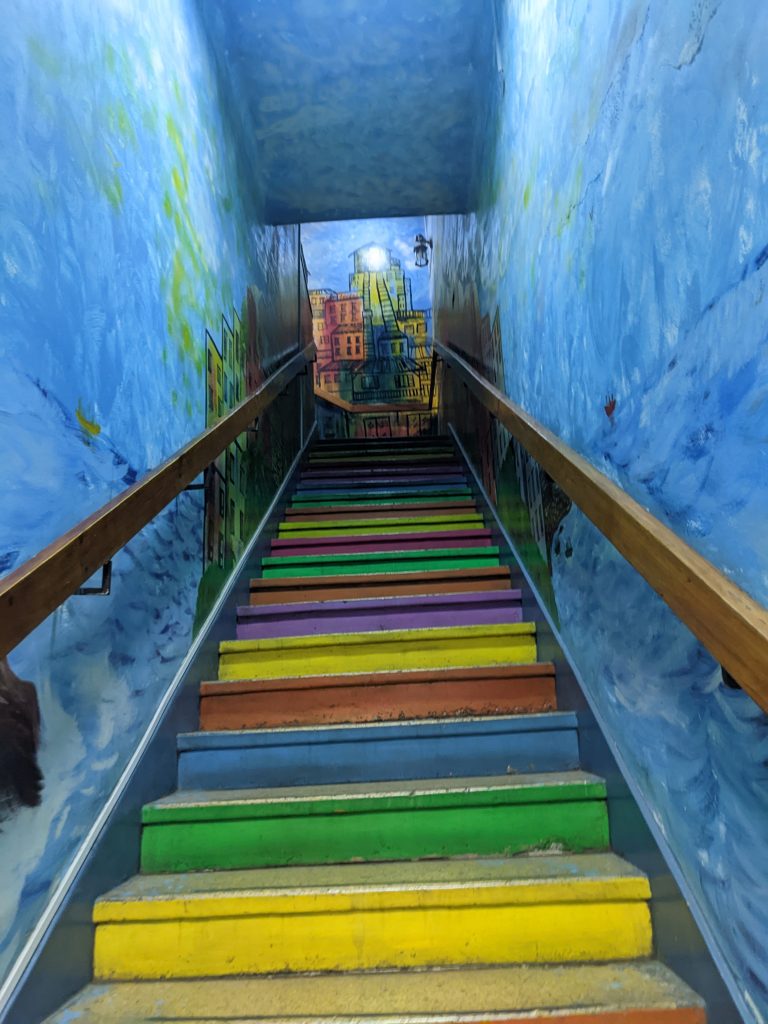
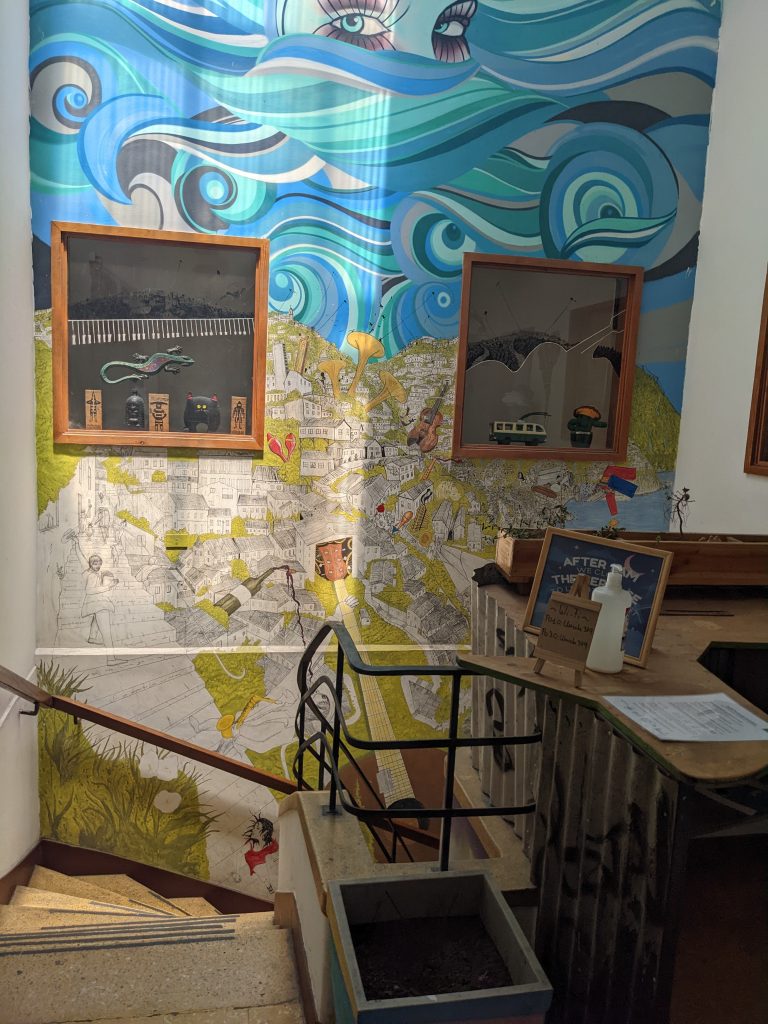
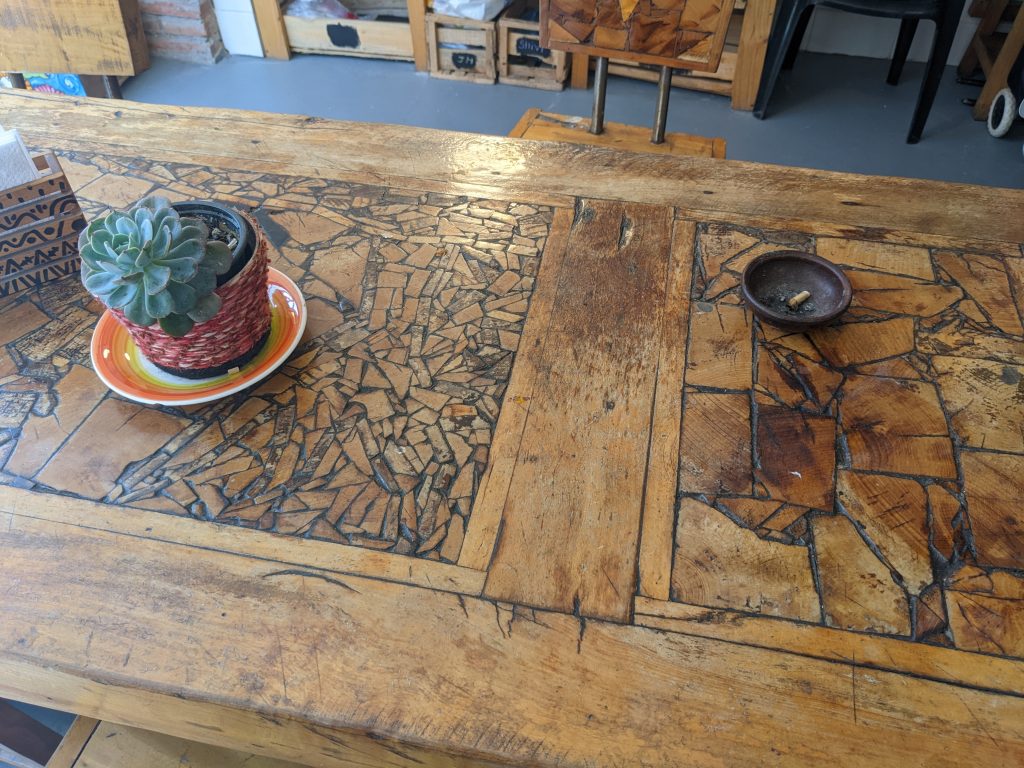
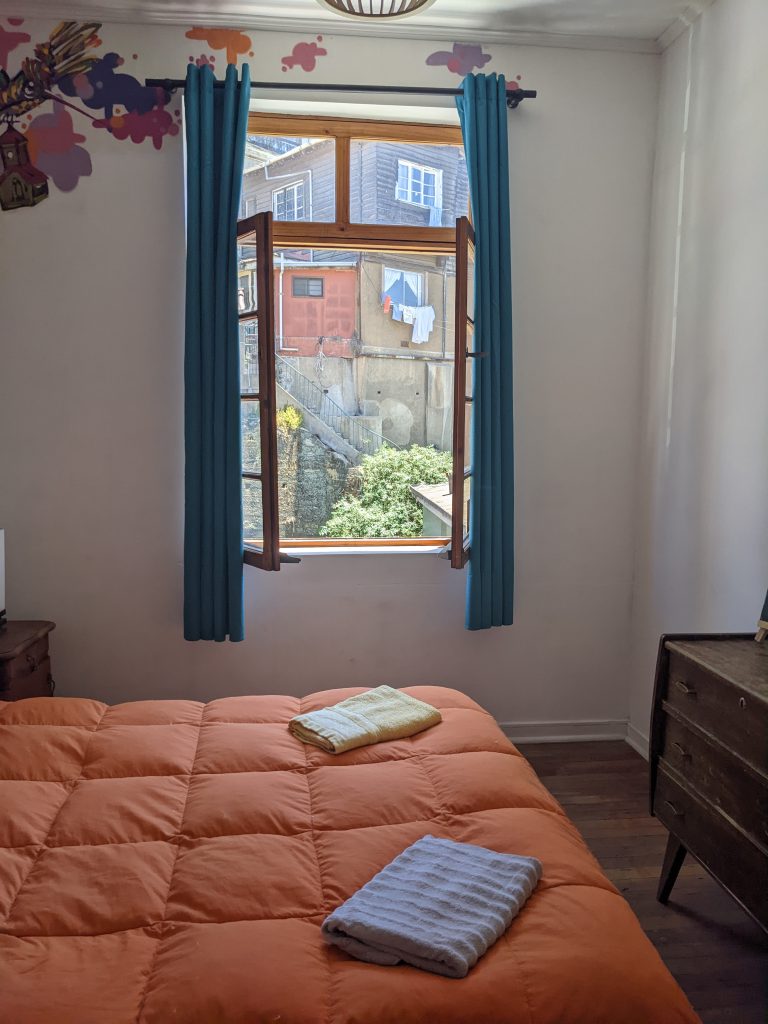
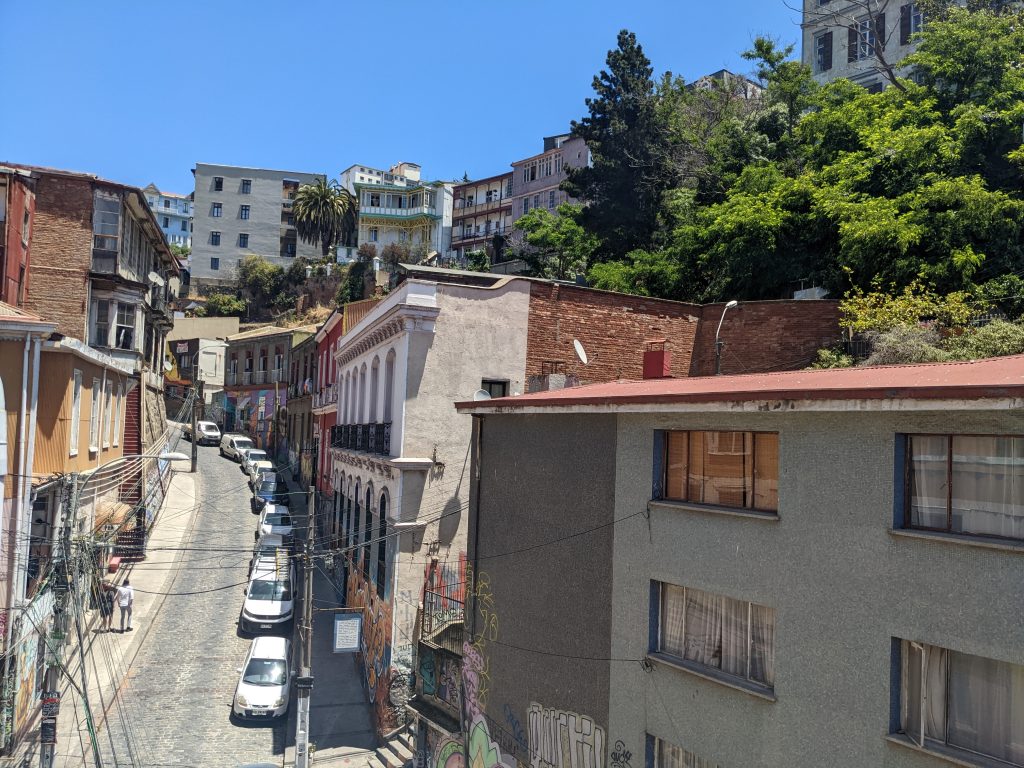
Activities
Although there are several good sightseeing activities in Valparaíso, the main draw is the city itself. The best thing to do is to put away the map, step onto the street and walk down whichever street seems most interesting. Staircases are built into the hillsides where cars or horses could not travel. Originally a boomtown from shipping routes heading towards the new world, city planning was frenetic and energetic, and bright colonial houses are stacked on top of each other on the steep hills above the bay. After a lull of economic activity following the construction of the Panama Canal, the city has been largely revitalized through tourism and a vibrant art community.
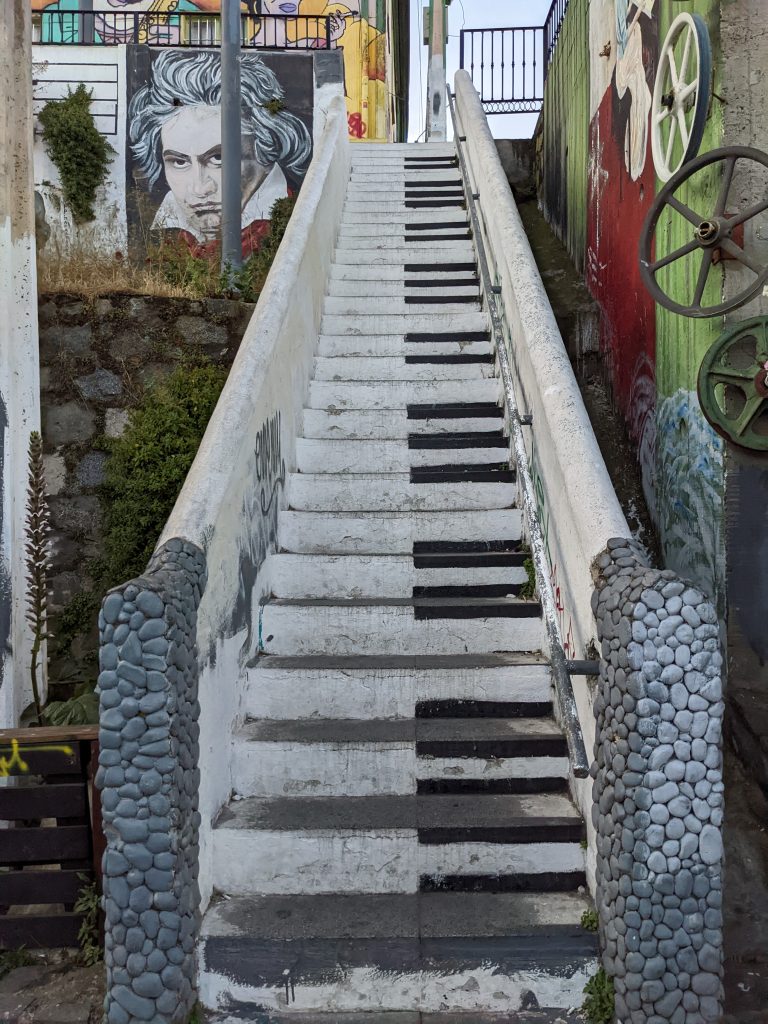
An emblematic sight in the community is the “Ex Cárcel de Valparaíso” – an abandoned prison that has been transformed into a community park and arts space. Following the prison closure in the late 1990s, community activists began renovations and fought development by real estate developers. The concrete walls that used to echo with screams from torture during the Pinochet dictatorship now ring with children laughing under gardenias and bougainvillea; the cells transformed into ballet studios and hung with silks for aerial dancing.
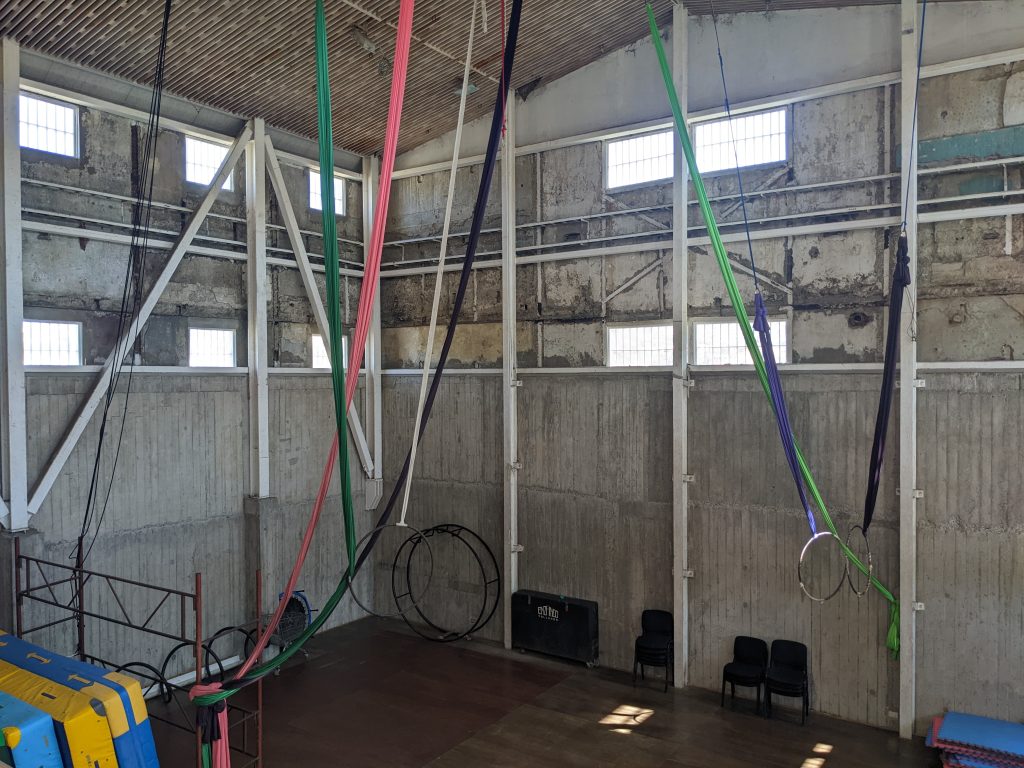
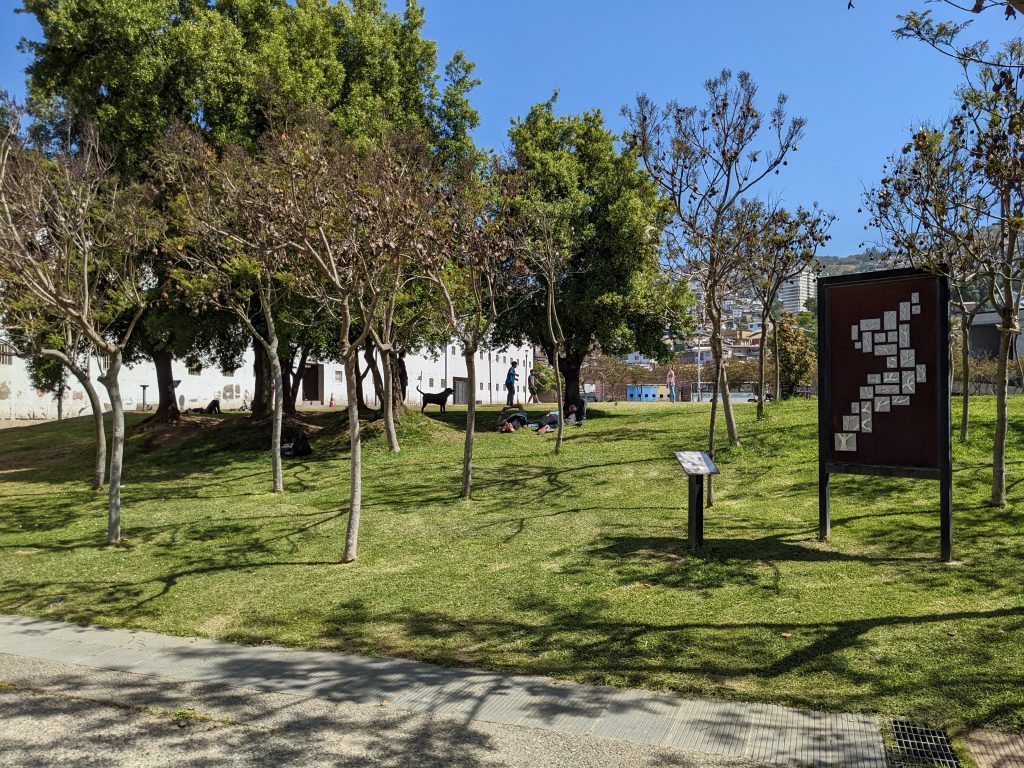
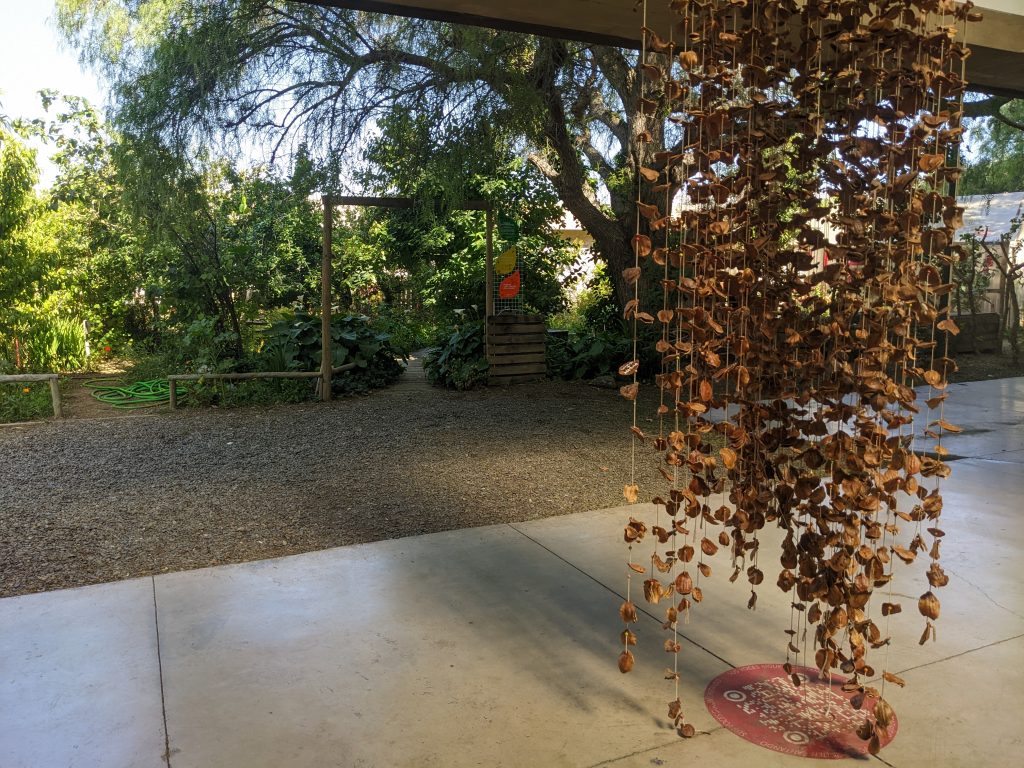
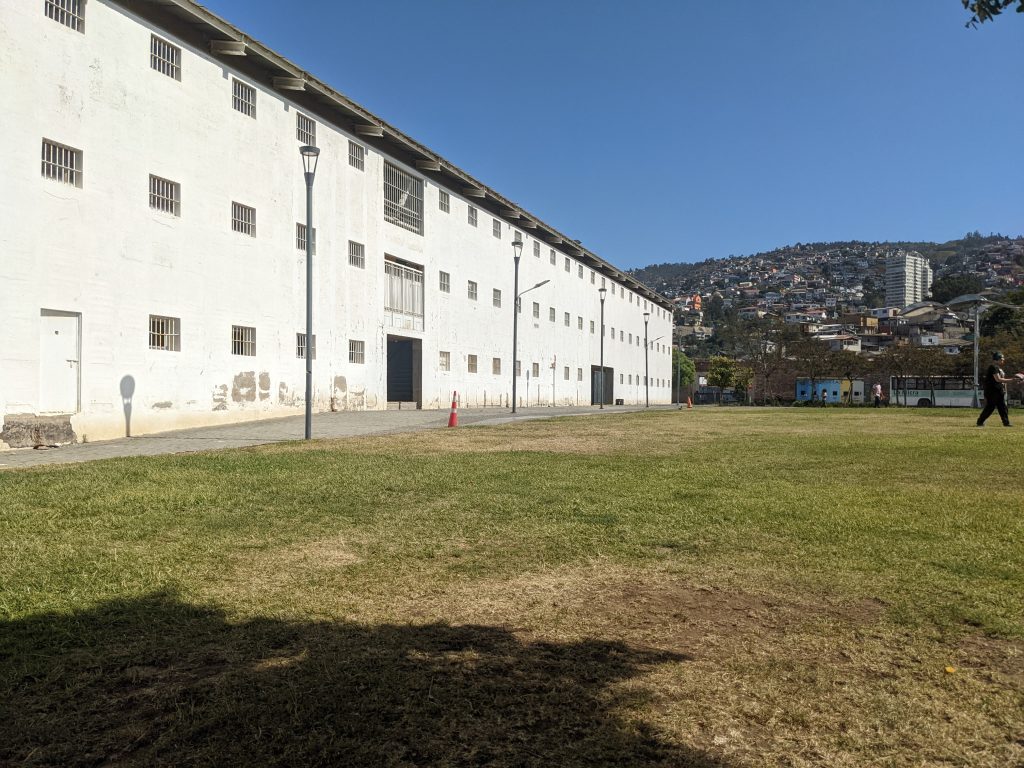
One other classic sight is the “Casa Museo del Neruda”, where the poet lived from the 1950s-70s. Well maintained, the five-story tower is unique and tells eccentric stories amid beautiful views of the hills and harbor. Really, though, any places listed in the guidebook serve mainly as a motivation to see new hillsides, mosaiced staircases and idiosyncratic murals.
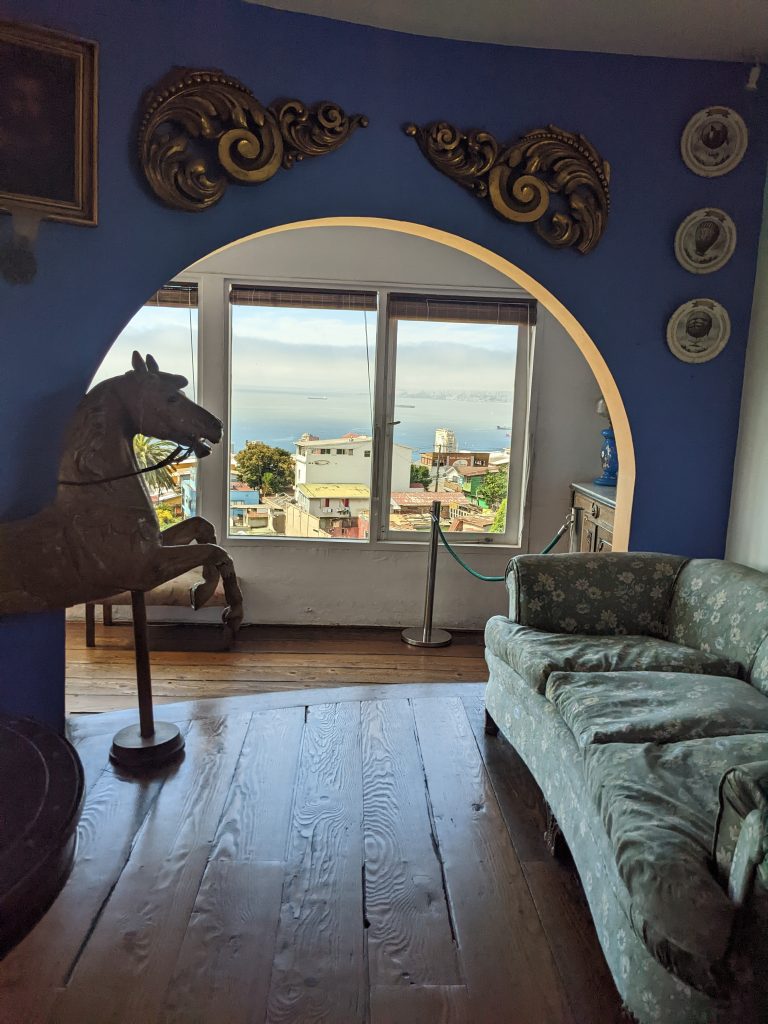
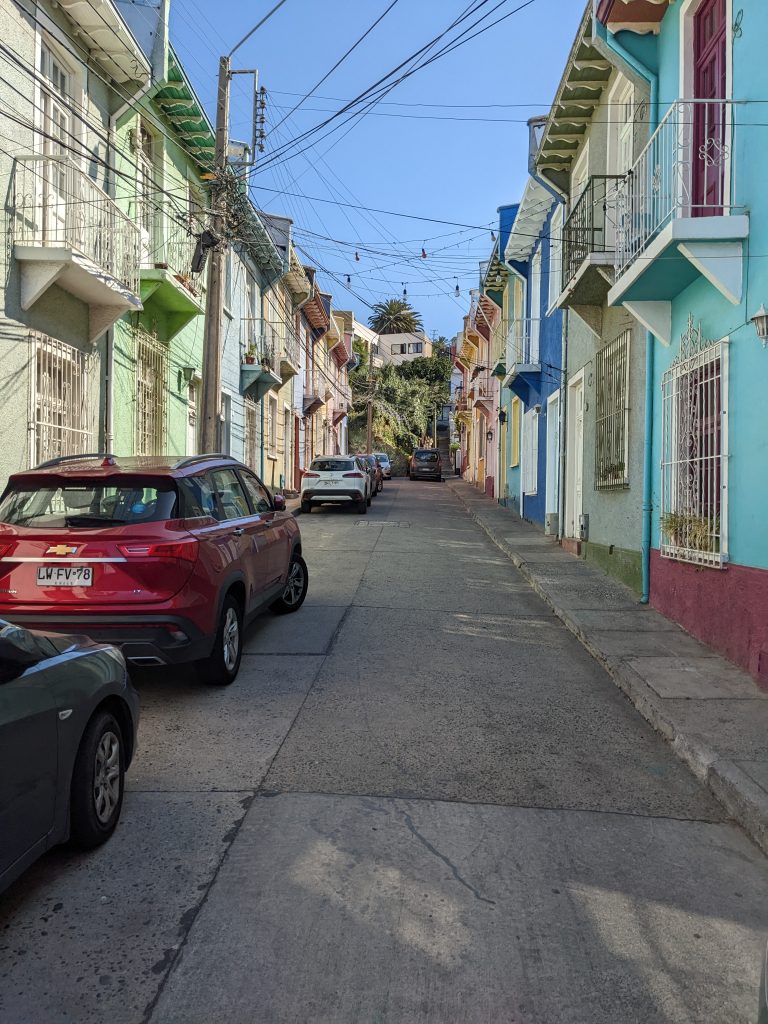
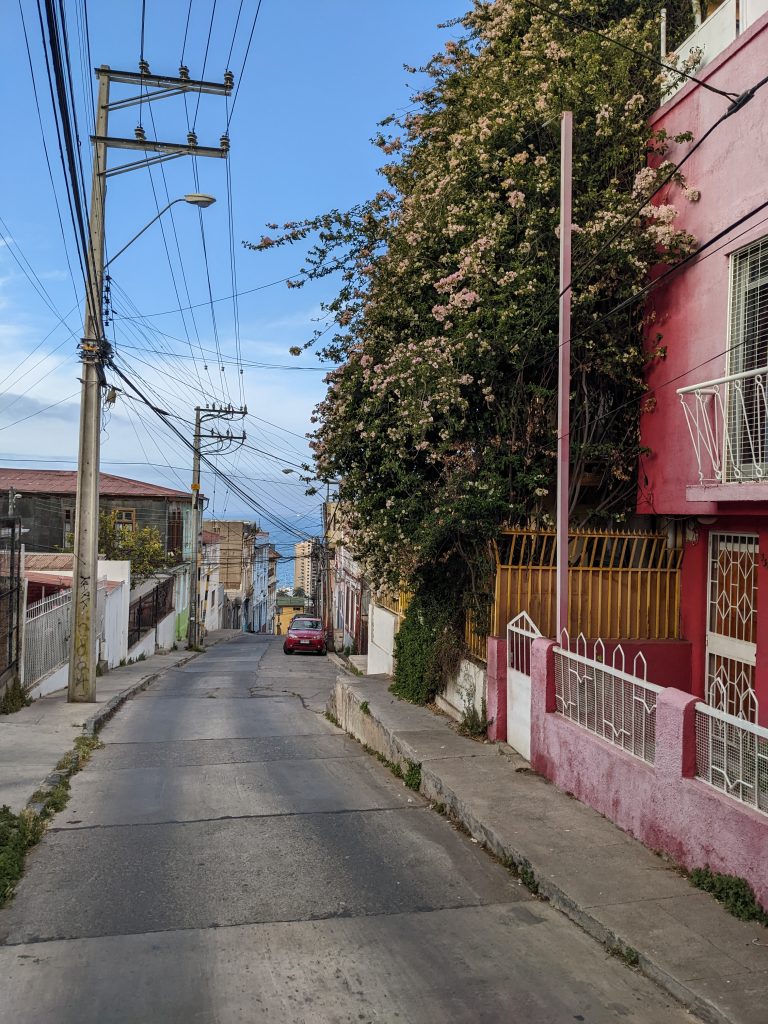
Safety + nightlife
My short experiences in Chile have given the impression that the country is significantly safer than other places in South America. However, the gritty port characteristics of Valparaíso means that a decent amount of caution is warranted. The streets felt uniformly safe during the day, and were mainky filled with parents walking with their children to school, old couples stopping to chat with friends, friendly stray dogs, construction workers, etc. I was told that the area close to the port is sketchier, but safe if you don’t wave around cash or expensive cameras. The neighborhoods grew poorer as you continue climbing endless hills, with houses eventually melding into slums. These areas never felt dangerous, but did become much more abandoned and made me paranoid. A rule of thumb developed after a few U-turns is that if your street turns to dirt then you should consider turning around.
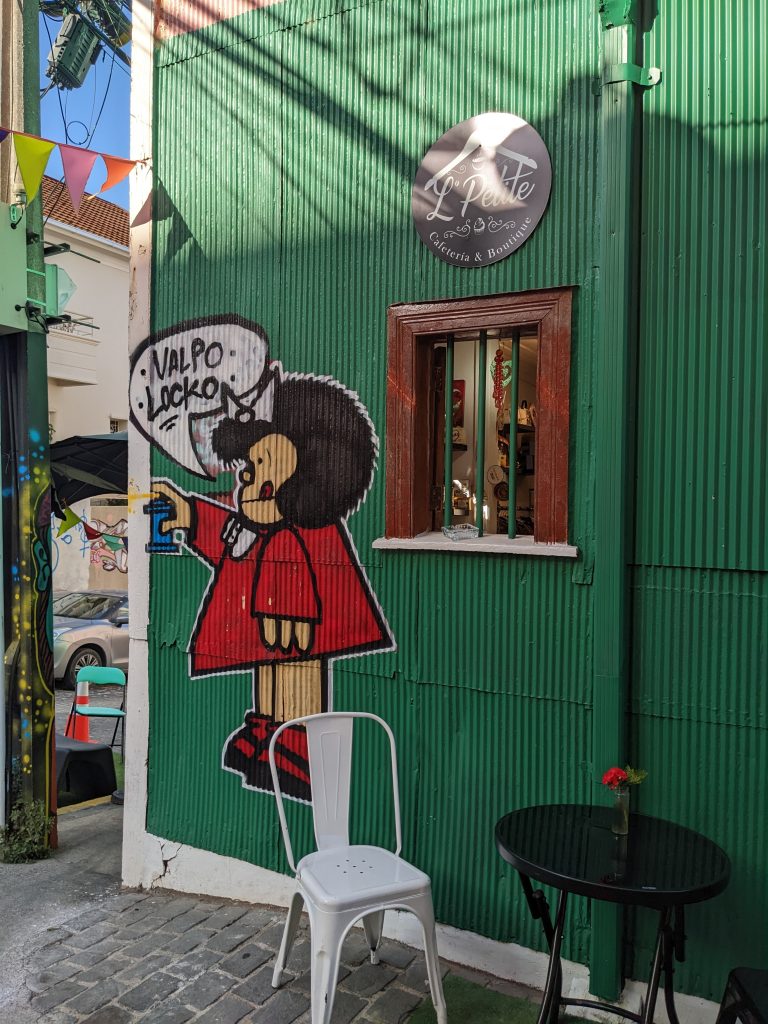
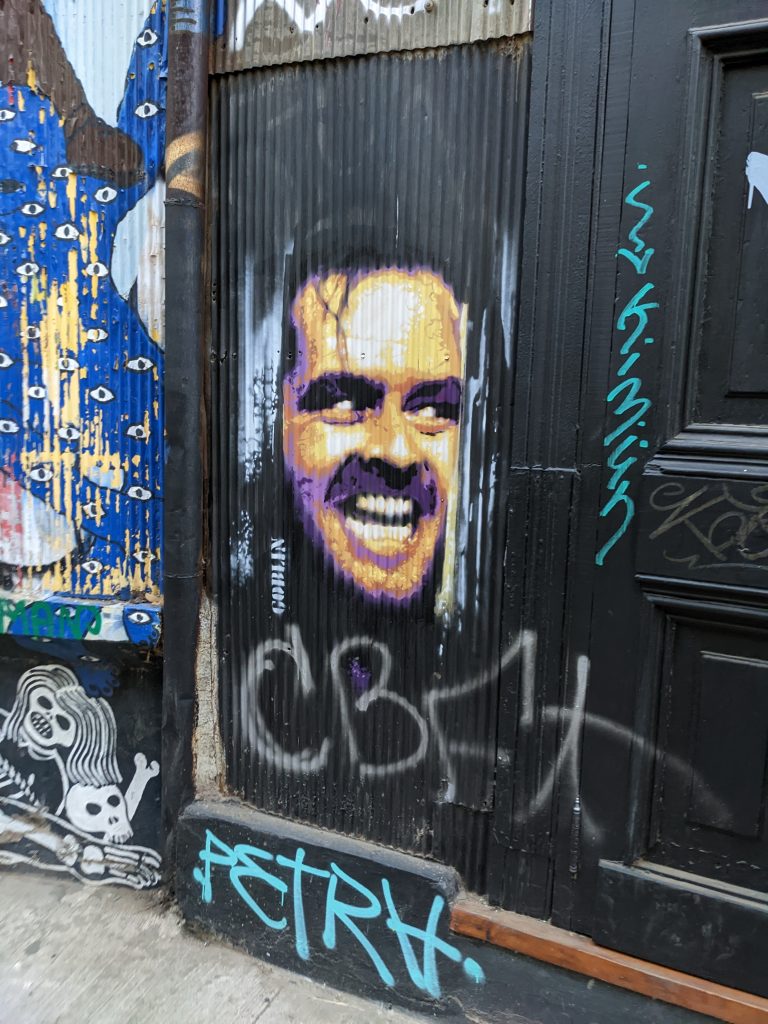
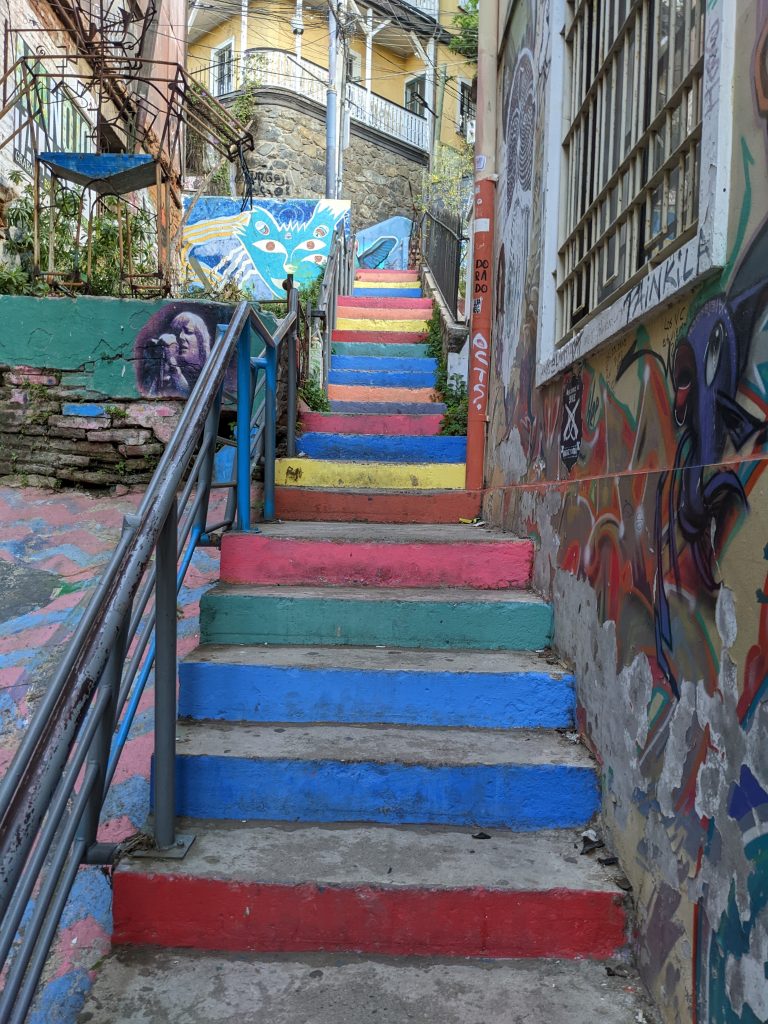
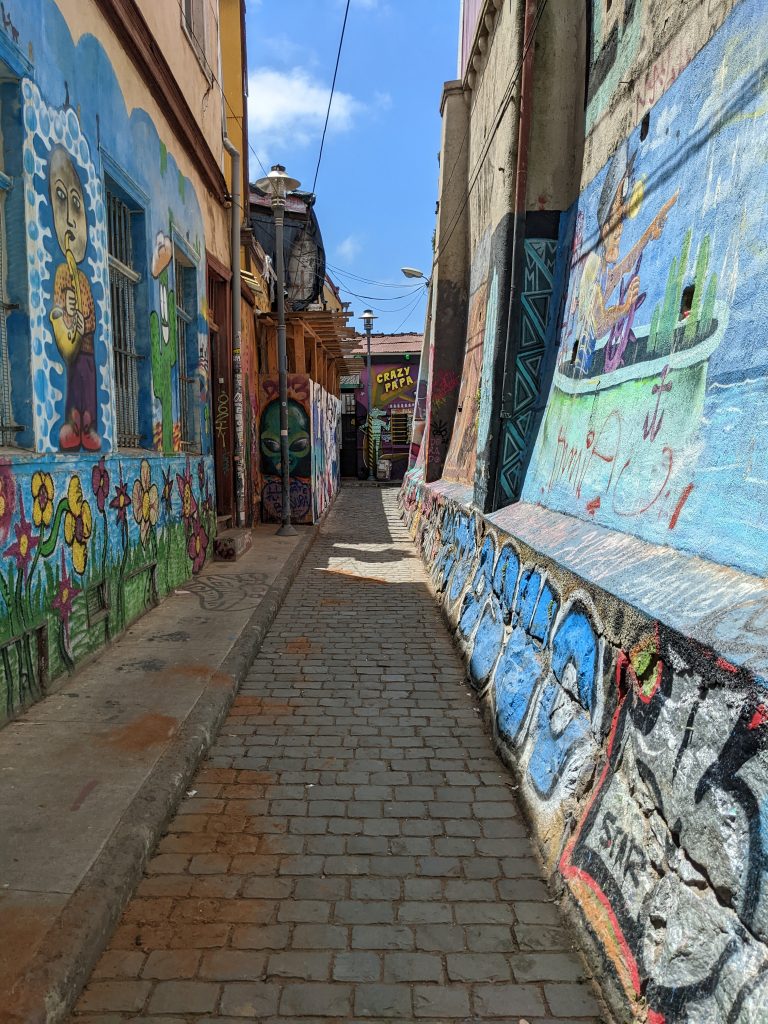
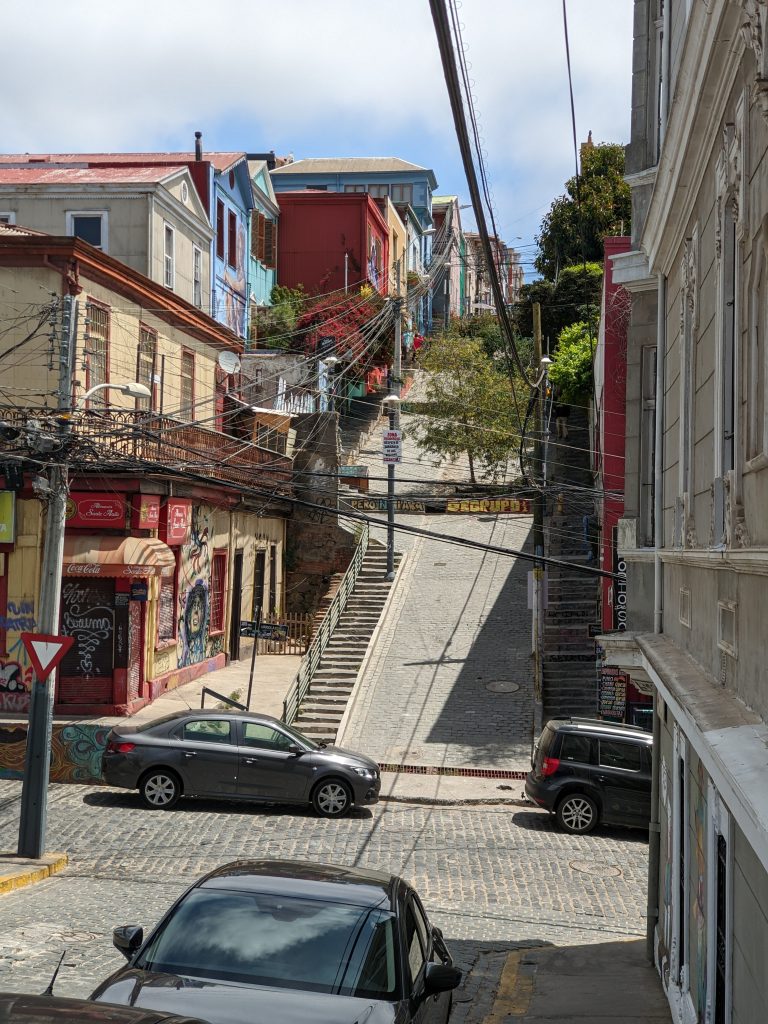
Several locals warned me about going out alone at night because of the risk of muggings and pickpockets. Although main streets are well-lit, they did seem quite risky at night. I walked back to the hostel one night in a group of three, without any troubles, but also with no motivations to linger.
Paradoxically, Valparaíso is known as a great nightlife city, especially on the weekends. Most people don’t go out until 1am. The scene on Tuesday night was quieter but still lively, and I went with a Chilean / Colombian / Belgian group from the hostel to a great live music show with two singers alternating between jazzy vocals and rap. The local hipster crowd formed groups outside on the street between sets, chatting while sipping pisco sours and making staggered visits to the corner store for cheap beers that could be smuggled back under jackets and purses.
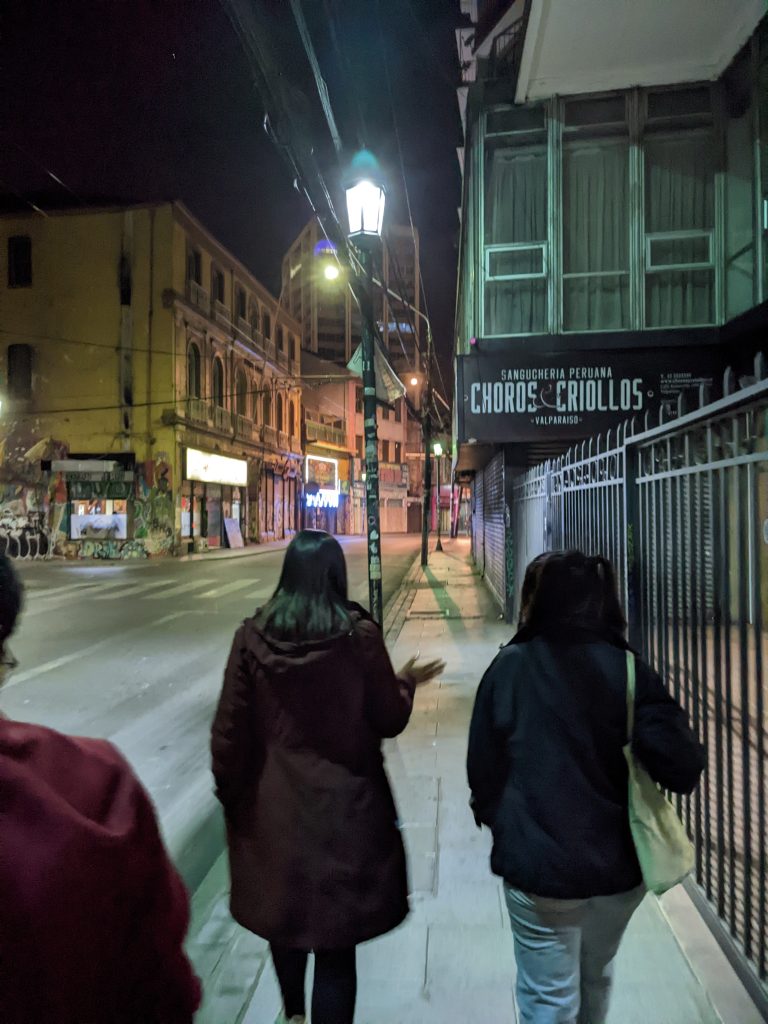
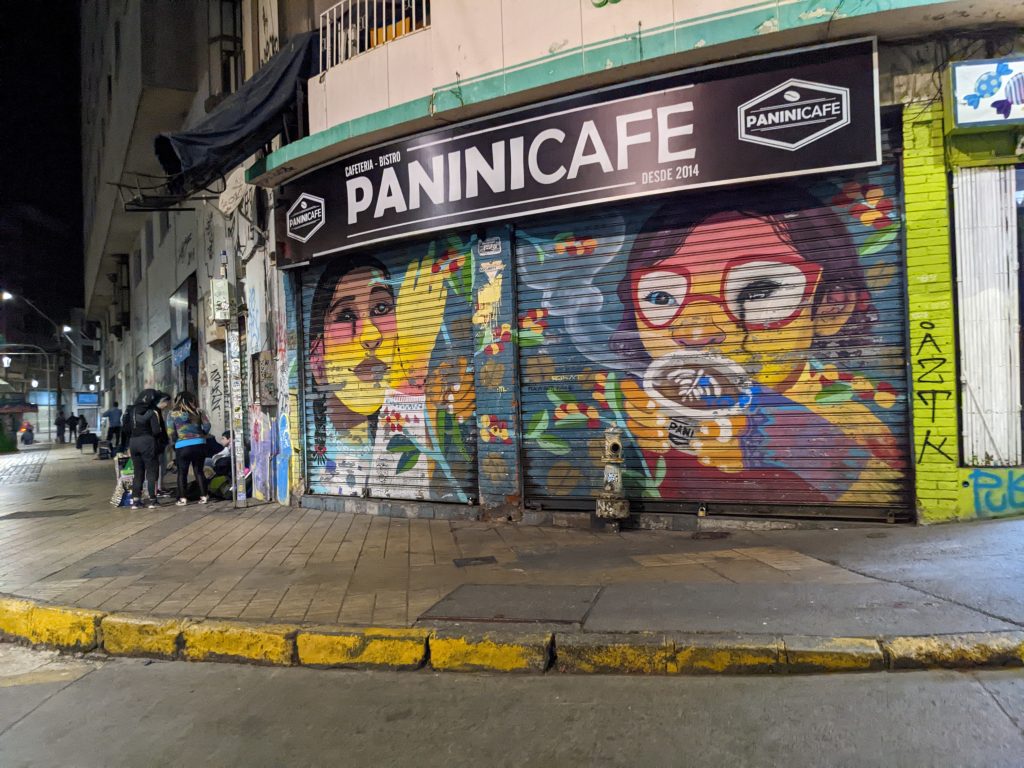
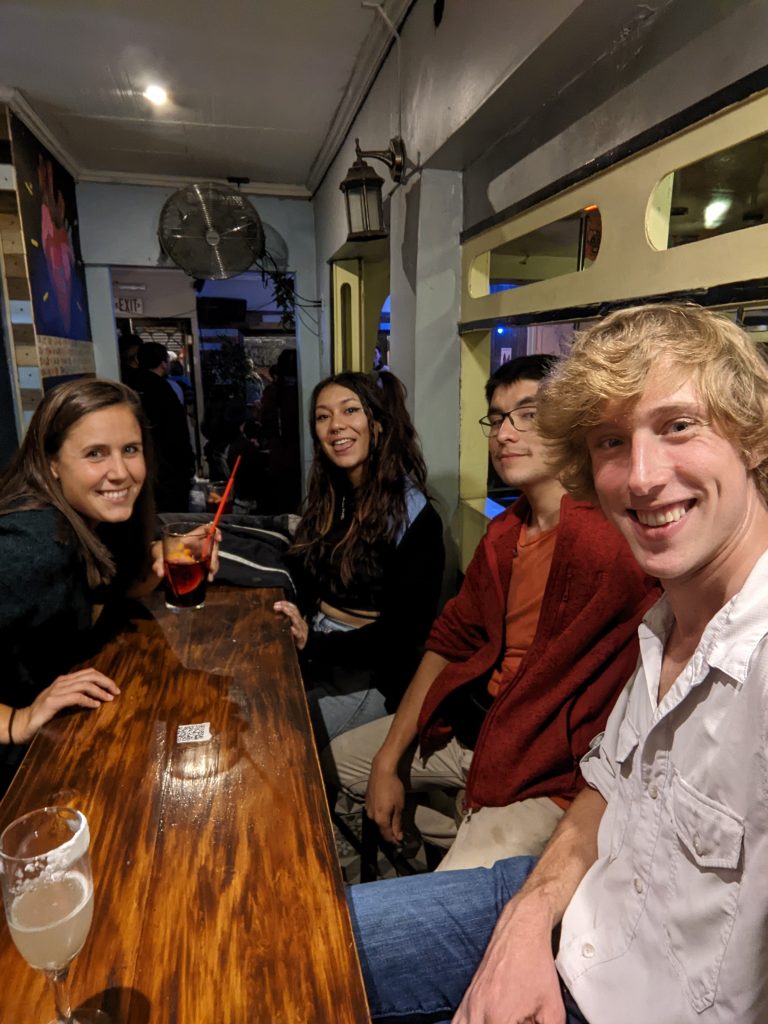
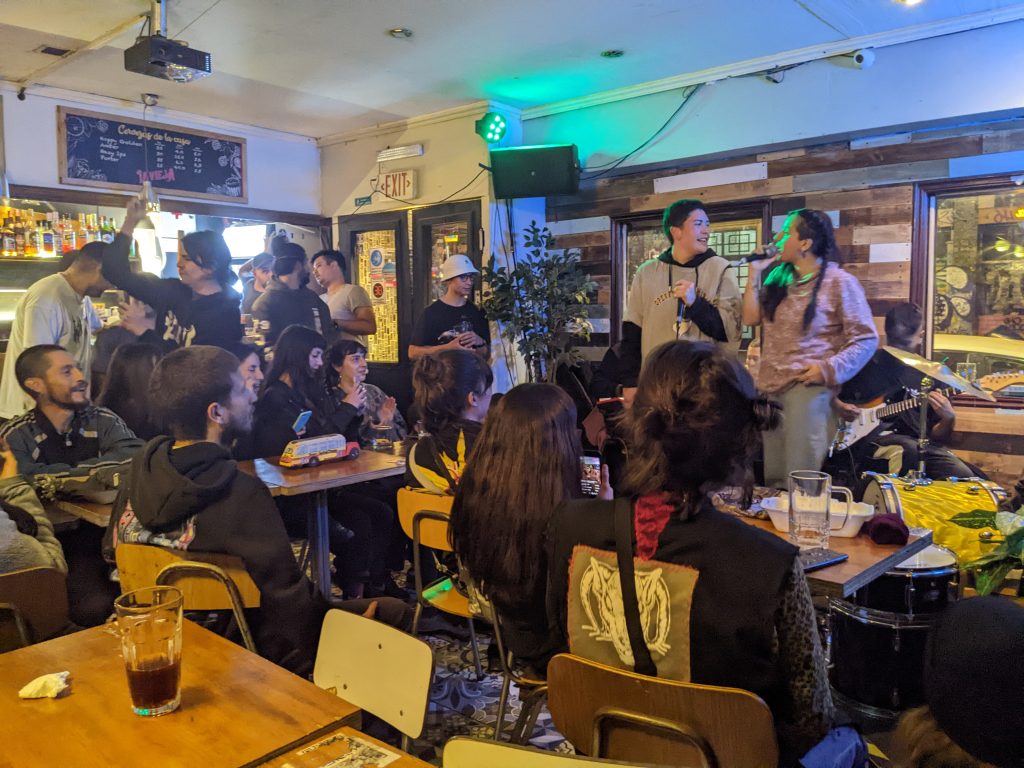
I found the people in Valpo almost uniformly friendly, open and eager to help. The experience was a fantastic introduction to Chile and I highly recommend leaping on any possibility to visit. Total trip costs were approximately:
$16: transportation
$38/night: lodging
$2 for coffee
$8-10 for larger meals
$3-4 for museum tickets
The amount of nooks and colorful crannies was astounding, and with many more photos than could be squeezed into a blog post, I’ve made a Drive folder if anyone would care to see them.
The video for today’s post is by the two singers/rappers that I got to see on Tuesday night. The music is interesting, and they do a good job of capturing the scenes and vibes around the city.
Now, let’s get the truck up to LCO!
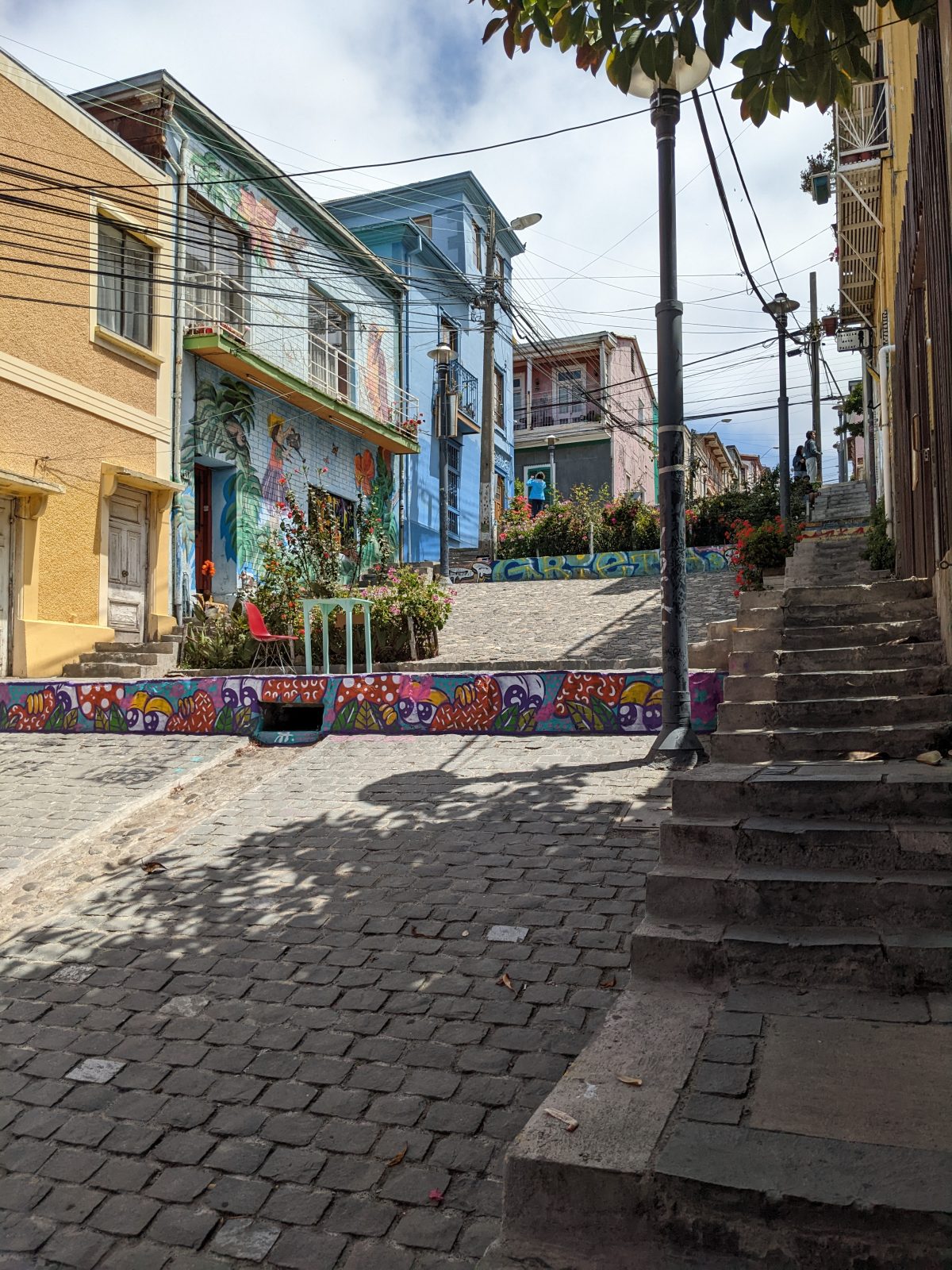

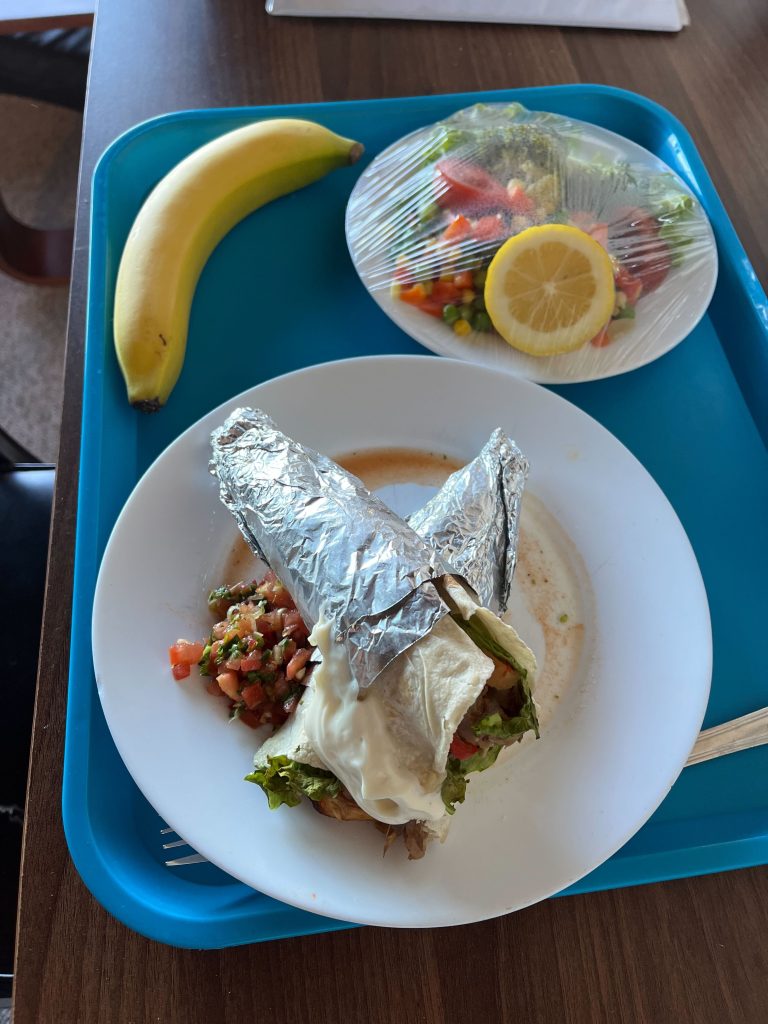
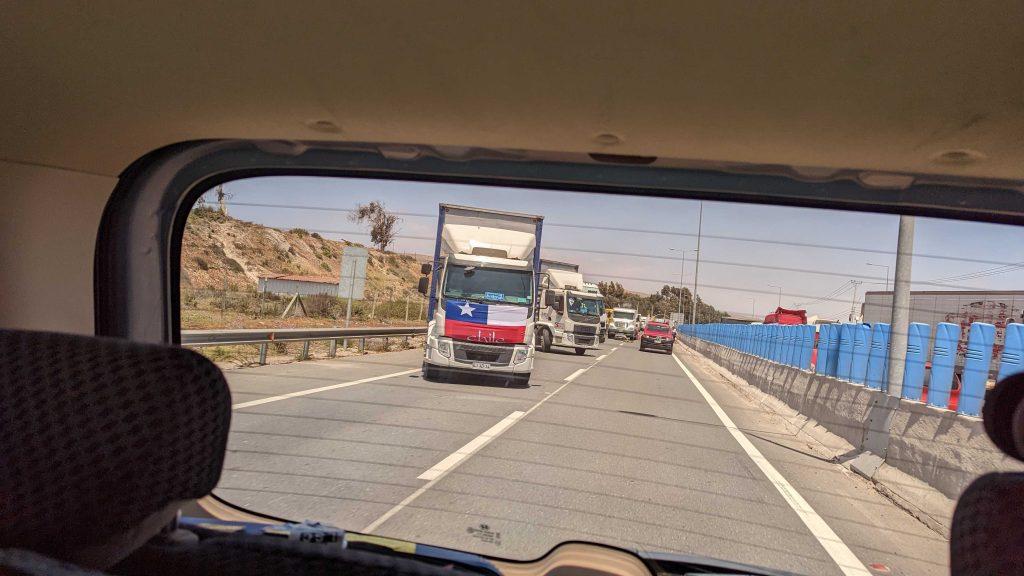
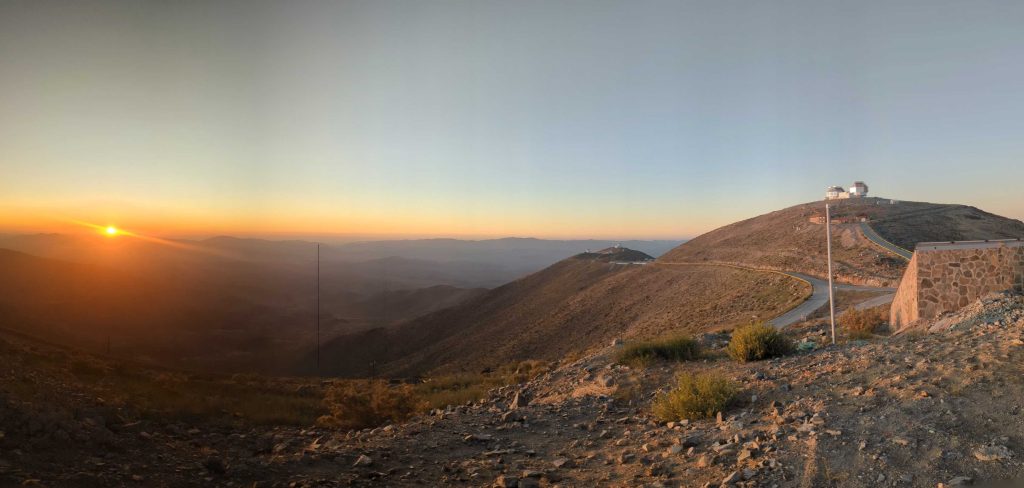
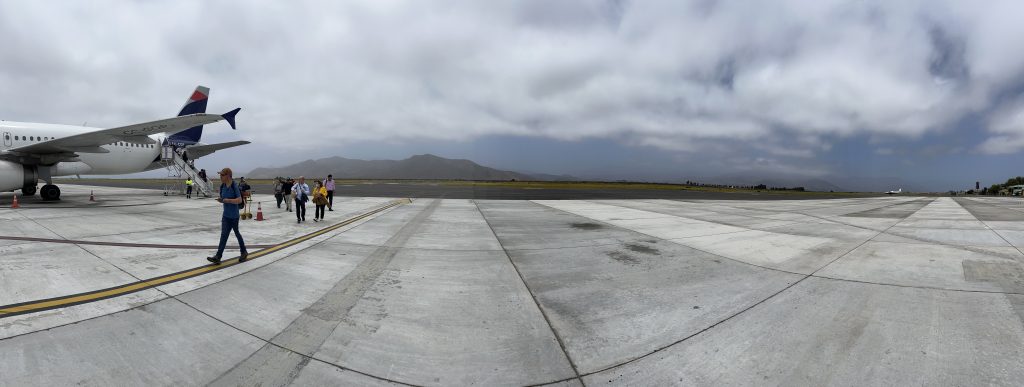
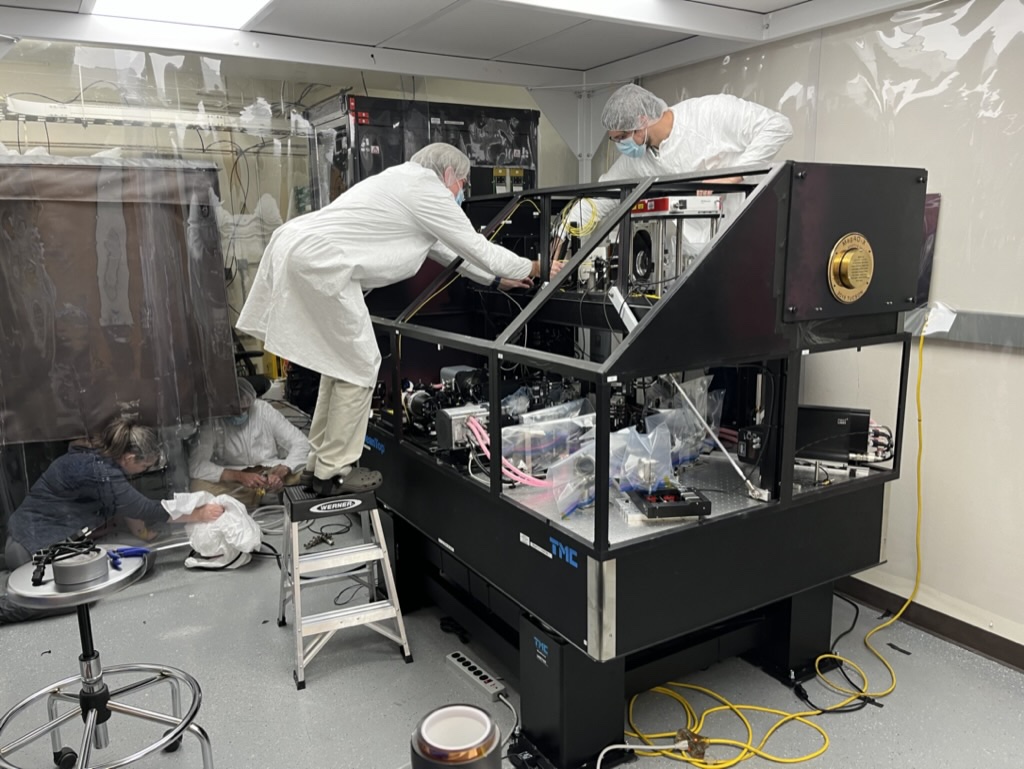
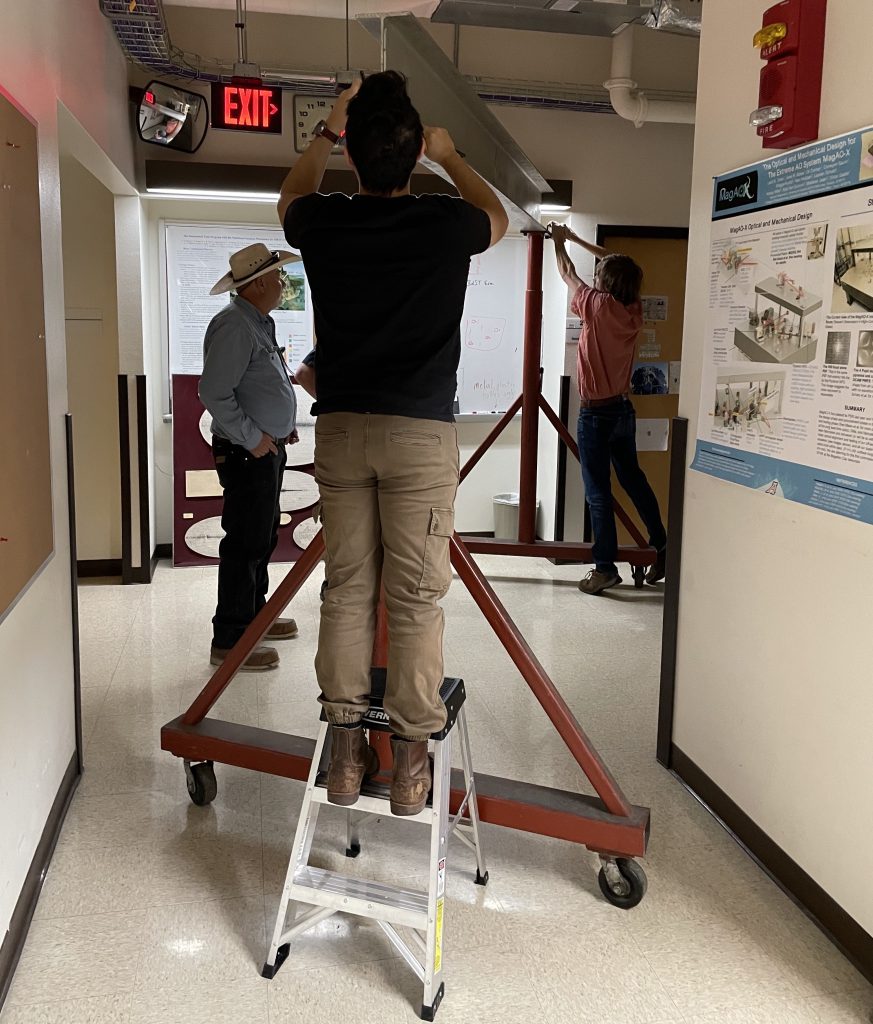
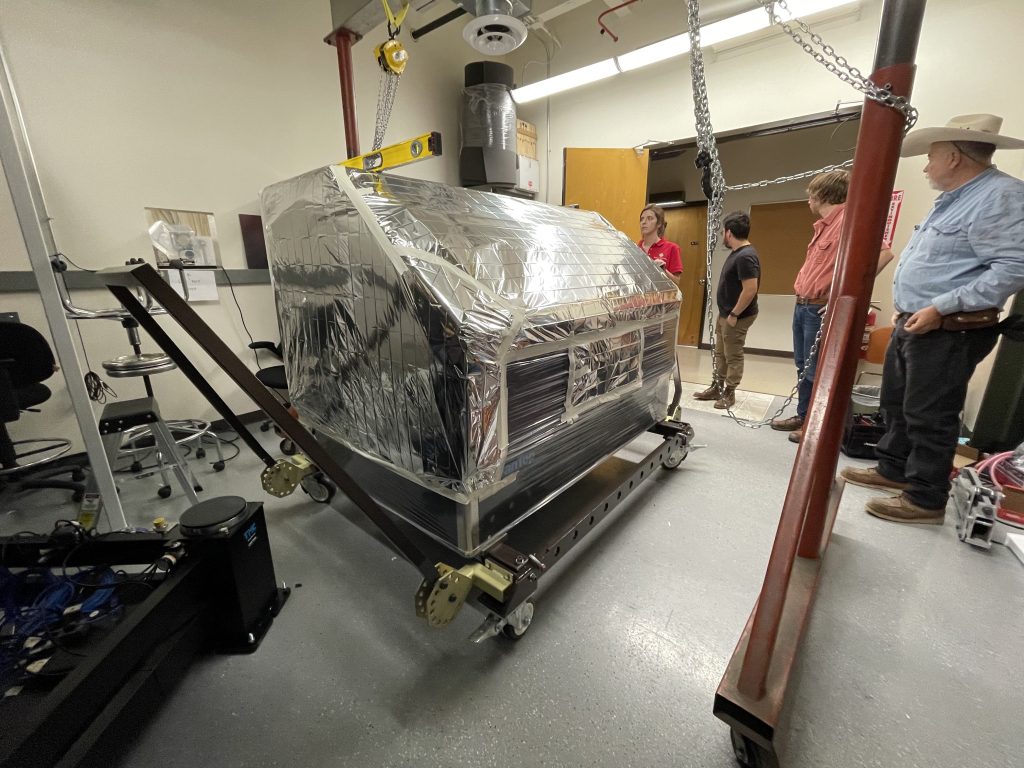
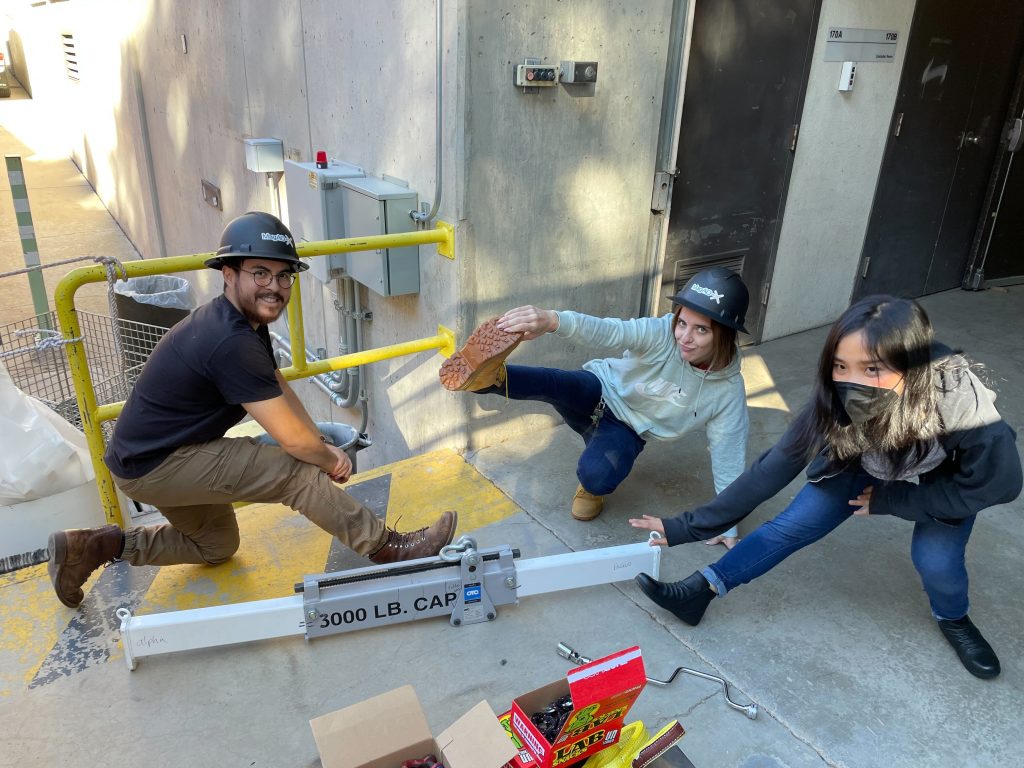
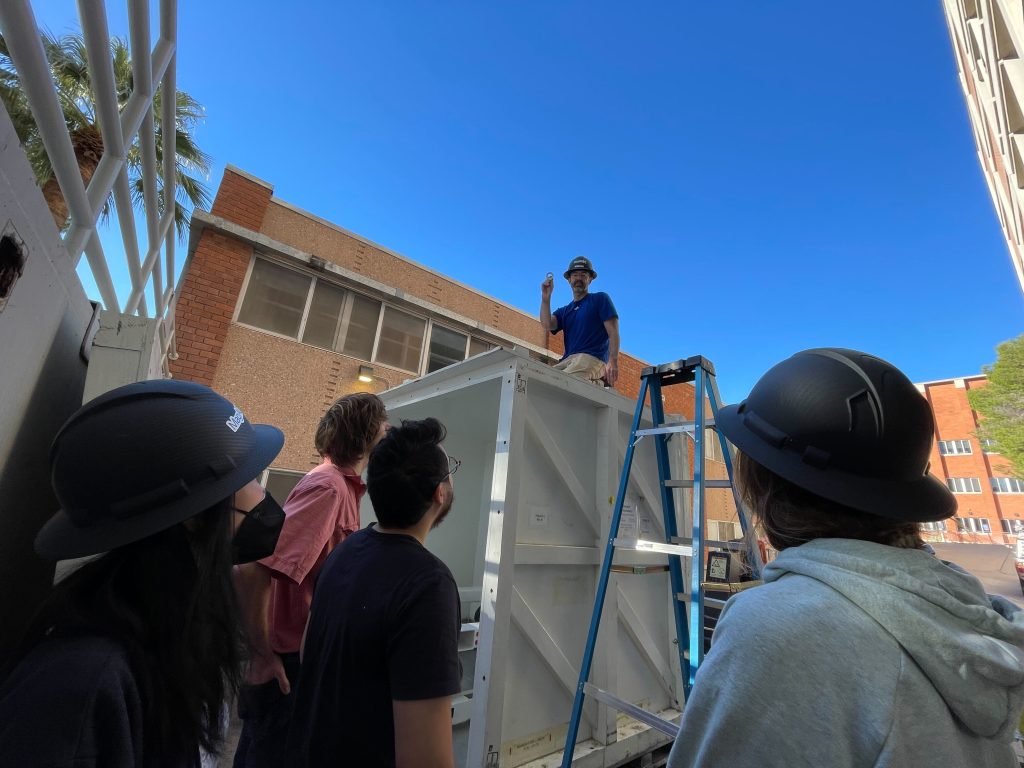
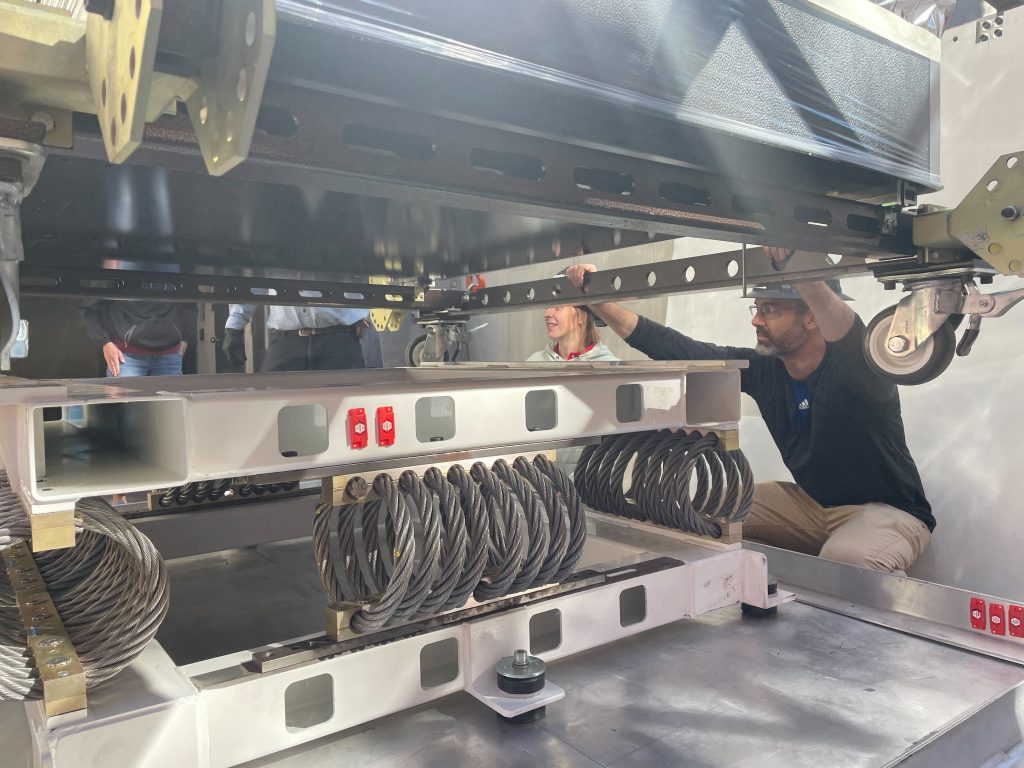
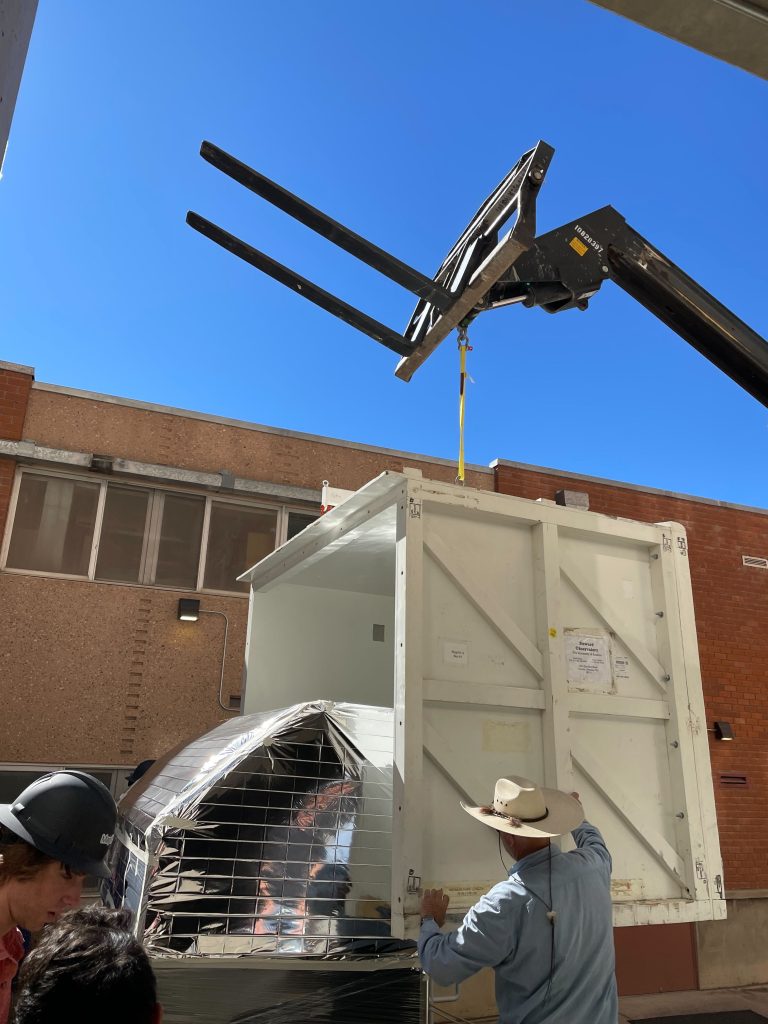
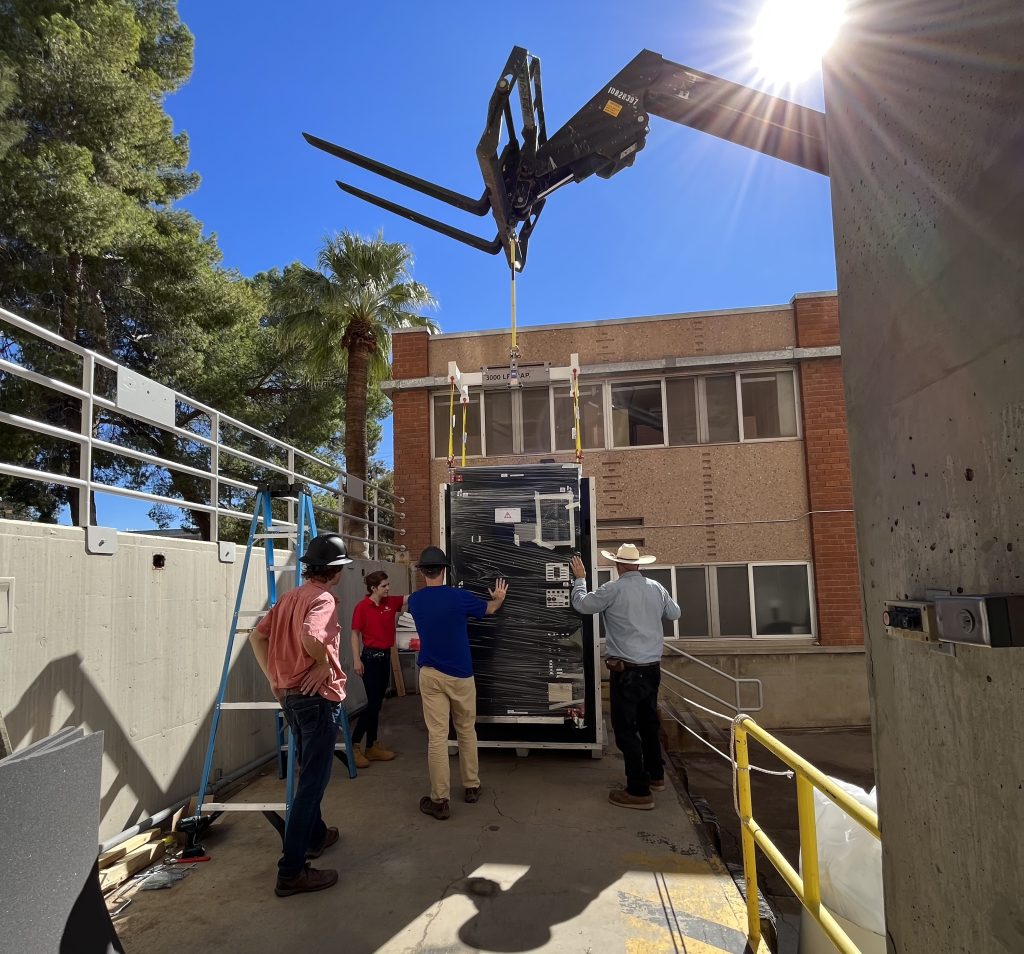
!["Laird you're very brave saying [redacted] so much around these guys" - Jared](https://xwcl.science/wp-content/uploads/2022/10/experts-1024x768.jpg)
